Technical SEO: The Definitive Guide
This is a complete guide to technical SEO.
In this all-new guide you’ll learn all about:
- Crawling and indexing
- XML sitemaps
- Duplicate content
- Structured data
- Hreflang
- Lots more
So if you want to make sure that your technical SEO is up to speed, you should get a lot of value from today’s guide.

Chapter 1:Technical SEO Fundamentals

Let’s kick things off with a chapter on the basics.
Specifically, in this chapter, I’m going to cover why technical SEO is still SUPER important in 2024.
I’ll also show you what is (and isn’t) considered “technical SEO”.
Let’s dive in.
What Is Technical SEO?
Technical SEO is the process of ensuring that a website meets the technical requirements of modern search engines with the goal of improved organic rankings. Important elements of technical SEO include crawling, indexing, rendering, and website architecture.
Why Is Technical SEO Important?
You can have the best site with the best content.
But if your technical SEO is messed up?
Then you’re not going to rank.
At the most basic level, Google and other search engines need to be able to find, crawl, render and index the pages on your website.
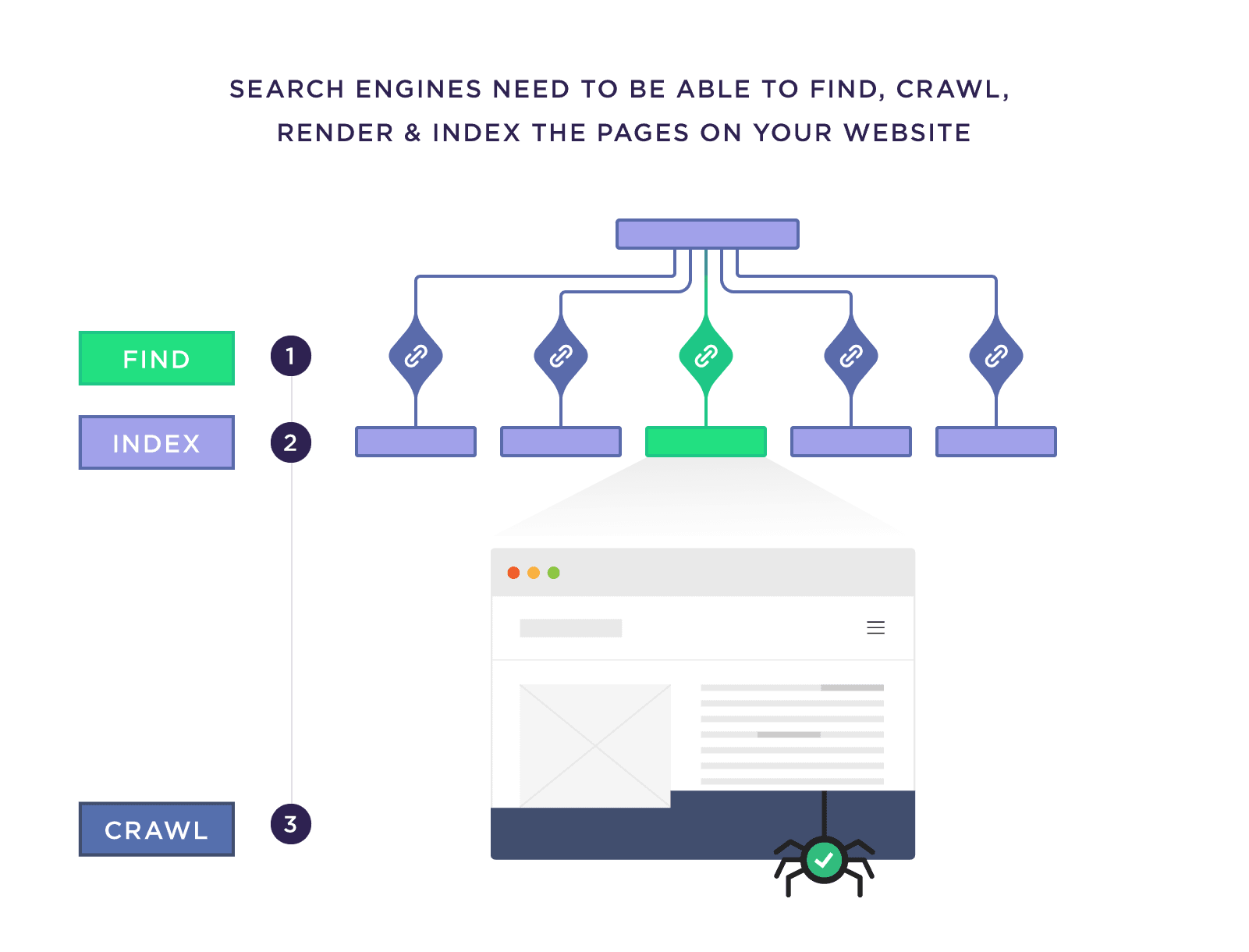
But that’s just scratching the surface. Even if Google DOES index all of your site’s content, that doesn’t mean your job is done.
That’s because, for your site to be fully optimized for technical SEO, your site’s pages need to be secure, mobile optimized, free of duplicate content, fast-loading, meet Core Web Vitals requirements… and a thousand other things that go into technical optimization.
That’s not to say that your technical SEO has to be perfect to rank. It doesn’t.
But the easier you make it for Google to access your content, the better chance you have to rank.
How Can You Improve Your Technical SEO?
Like I said, “Technical SEO” isn’t just crawling and indexing.
To improve your site’s technical optimization, you need to take into account:
- Javascript
- Robots meta tags
- XML sitemaps
- Site architecture
- URL structure
- Structured data
- Thin content
- Duplicate content
- Hreflang
- Canonical tags
- 404 pages
- 301 redirects
And I’m probably forgetting a few 🙂
Fortunately, I’m going to cover all of those things (and more) in the rest of this guide.
Use a Flat, Organized Site Structure
Your site structure is how all of the pages on your website are organized.
In general, you want a structure that’s “flat”. In other words: your site’s pages should all be only a few links away from one another.
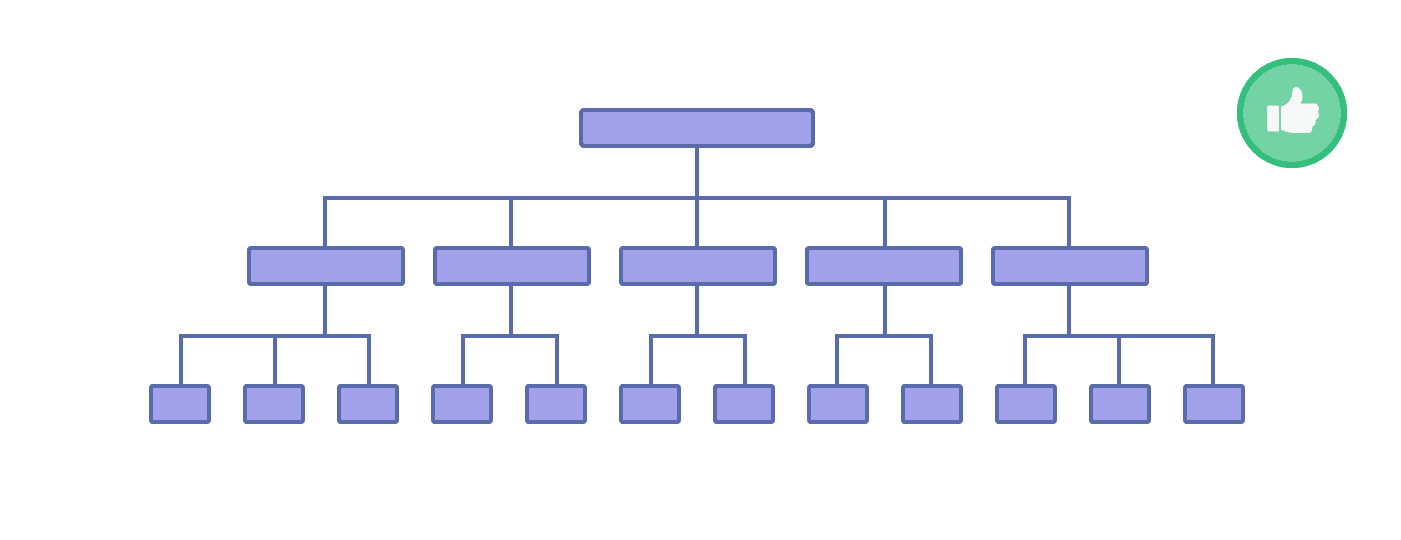
Why is this important?
A flat structure makes it easier for search engines to crawl 100% of your site’s pages.

This isn’t a big deal for a blog or local pizza shop website. But for an ecommerce site with 250k product pages? A flat architecture is a BIG deal.
You also want your structure to be super organized.
In other words, you don’t want a site architecture like this:

This messy structure usually creates “orphan pages” (pages without any internal links pointing to them).

It also makes it hard to ID and fix indexing issues.
You can use the Semrush “Site Audit” feature to get a bird’s eye view of your site structure.

This is helpful. But it’s not super visual.
To get a more visual look at how your pages are linked together, check out Octopus.do.
It’s a free tool that gives you an interactive look at your site’s architecture.

Consistent URL Structure
There’s no need to overthink your URL structure. Especially if you run a small site (like a blog).
That said: you do want your URLs to follow a consistent, logical structure. This actually helps users understand “where” they are on your site.

And putting your pages under different categories gives Google extra context about each page in that category.
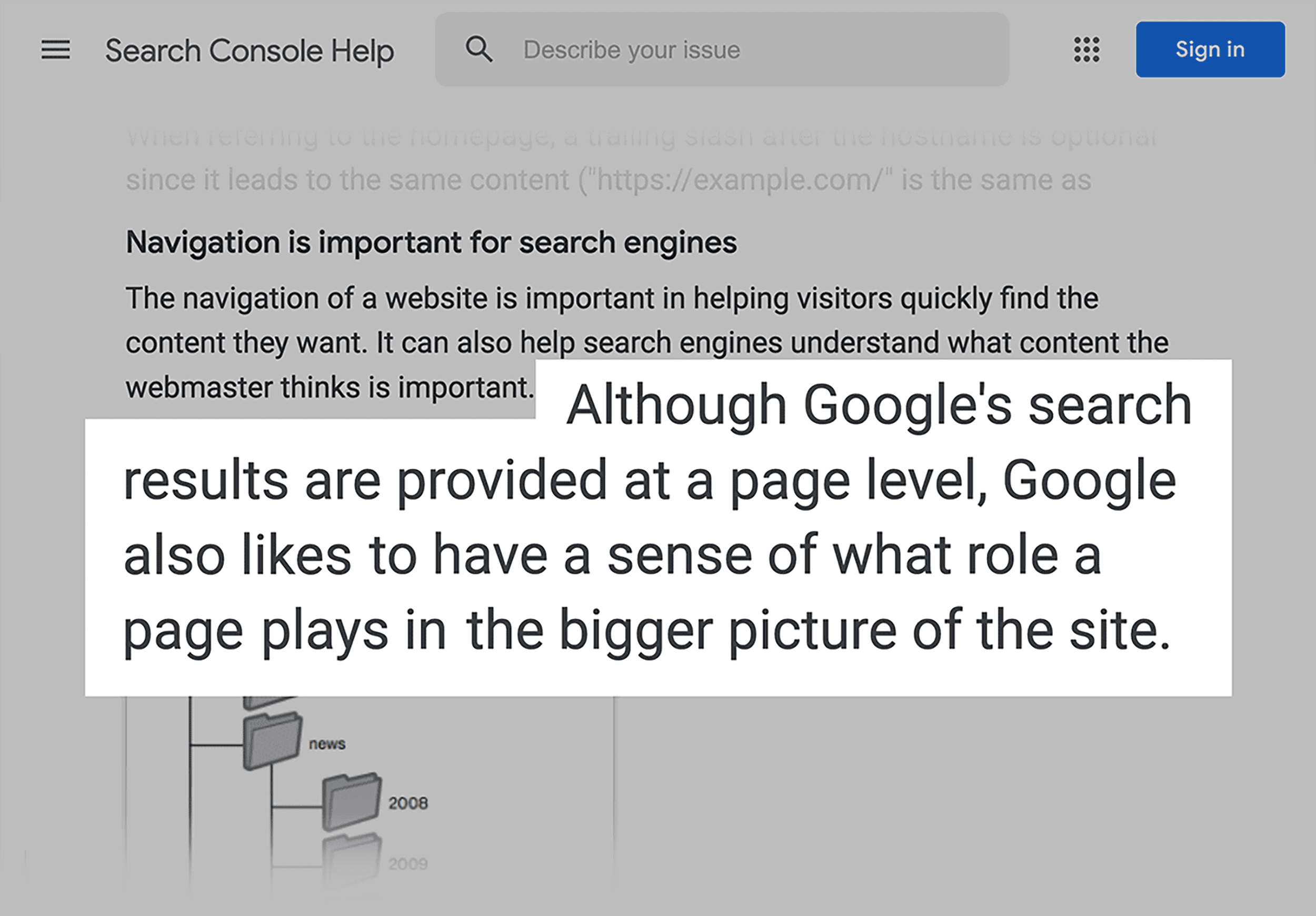
For example, the pages on our SEO Marketing Hub all include the “/hub/seo” subfolder to help Google know that all of these pages are under the “SEO Marketing Hub” category.

Which seems to work. If you Google “SEO Marketing Hub”, you’ll notice that Google adds sitelinks to the results.
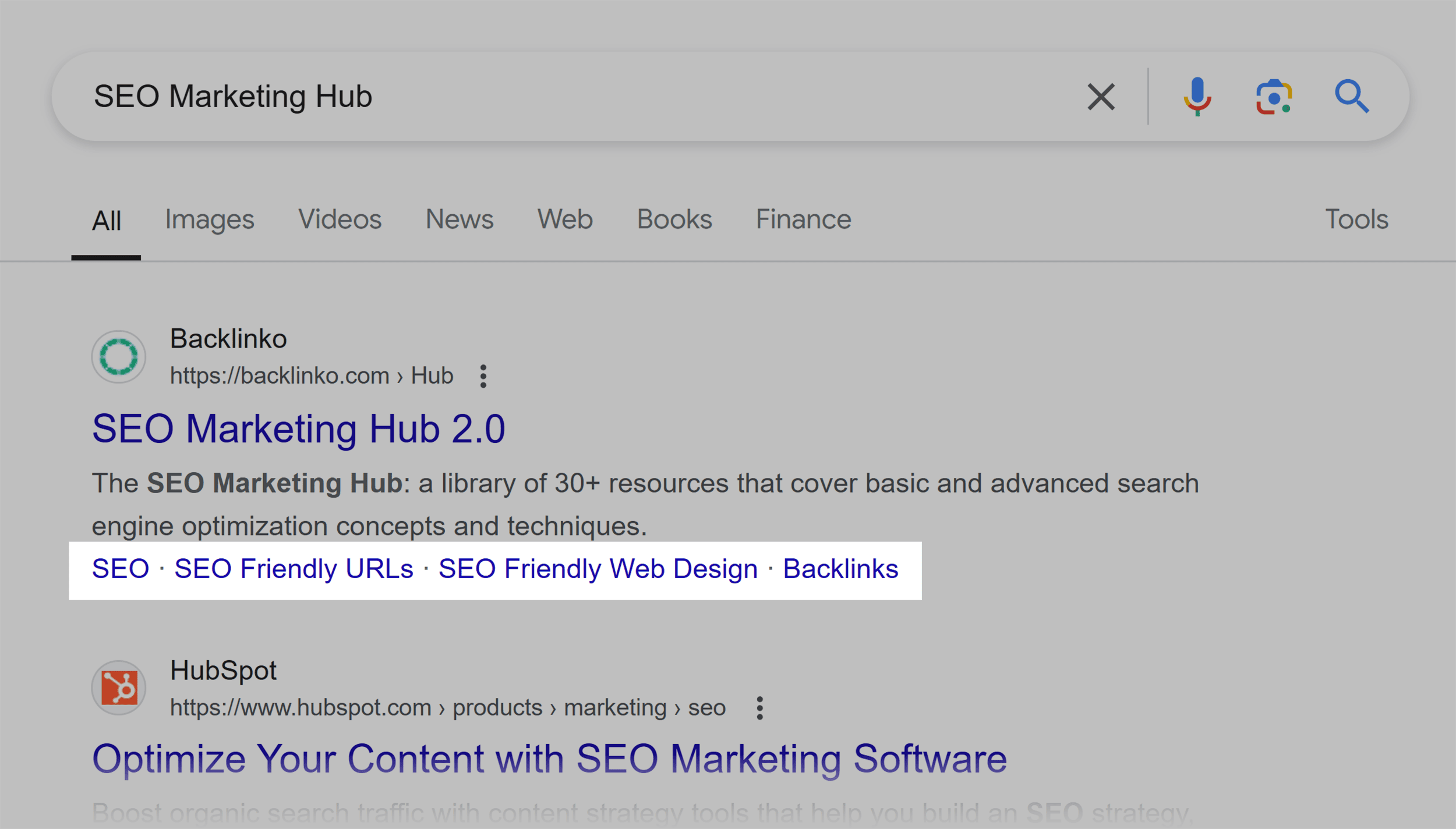
As you might expect, all of the pages linked to from these sitelinks are inside of the hub.
Breadcrumbs Navigation
It’s no secret that breadcrumbs navigation is super SEO-friendly.
That’s because breadcrumbs automatically add internal links to category and subpages on your site.

Which helps solidify your site architecture.
Not to mention the fact that Google has turned URLs into breadcrumb-style navigation in the SERPs.
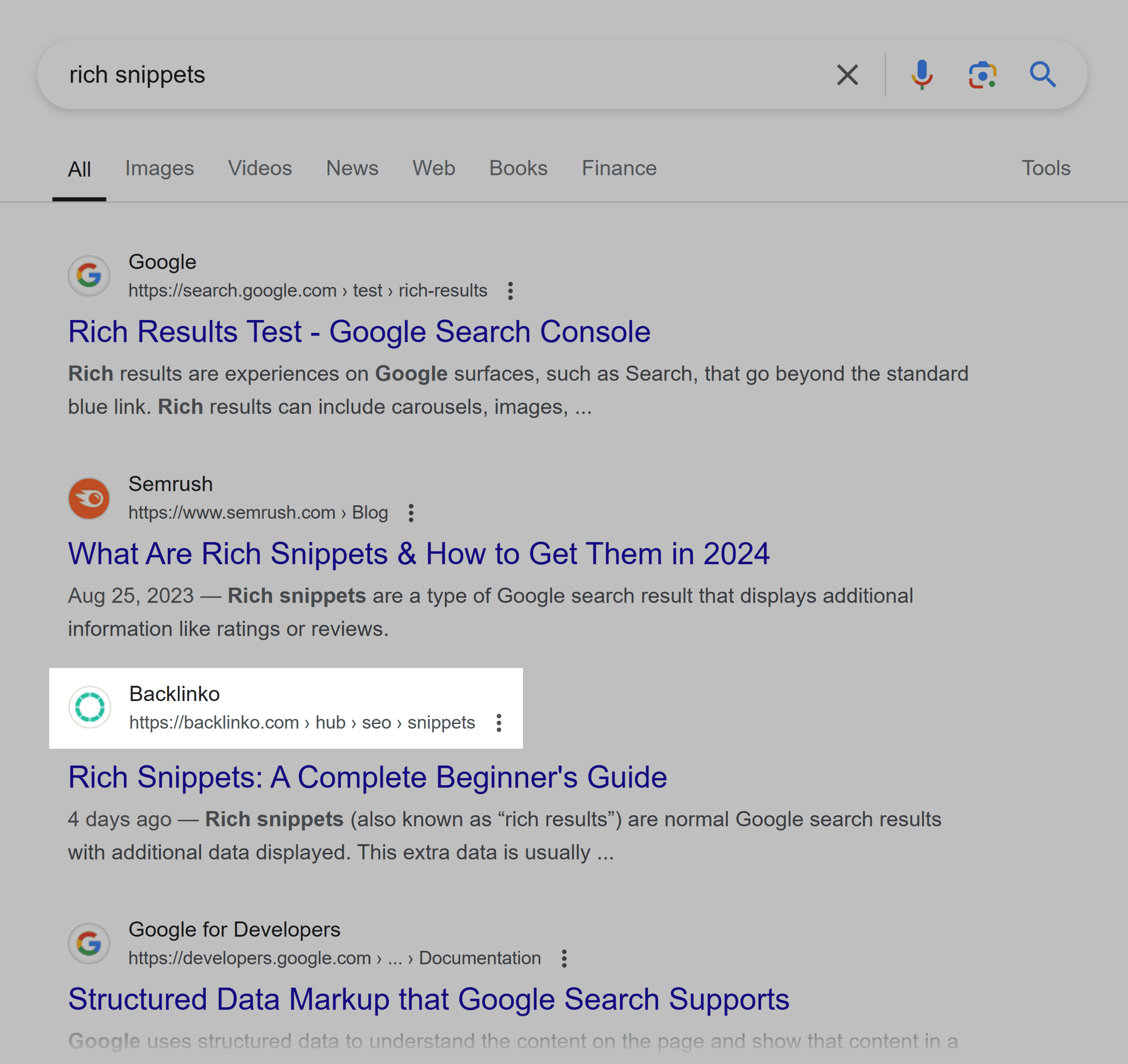
So when it makes sense, I recommend using breadcrumbs navigation.
Chapter 3:Crawling, Rendering and Indexing

This chapter is all about making it SUPER easy for search engines to find and index your entire site.
In this chapter I’ll show you how to find and fix crawl errors… and how to send search engine spiders to deep pages on your website.
Spot Indexing Issues
Your first step is to find any pages on your site that search engine spiders have trouble crawling.
Here are 3 ways to do that.
Page Indexing Report
Your first stop should be the “Page Indexing Report” in the Google Search Console.
This report lets you know if Google is unable to fully index or render pages that you want indexed.

Screaming Frog
Screaming Frog is the world’s most famous crawler for a reason: it’s really, really good.
So once you’ve fixed any issues in the Coverage Report, I recommend running a full crawl with Screaming Frog.
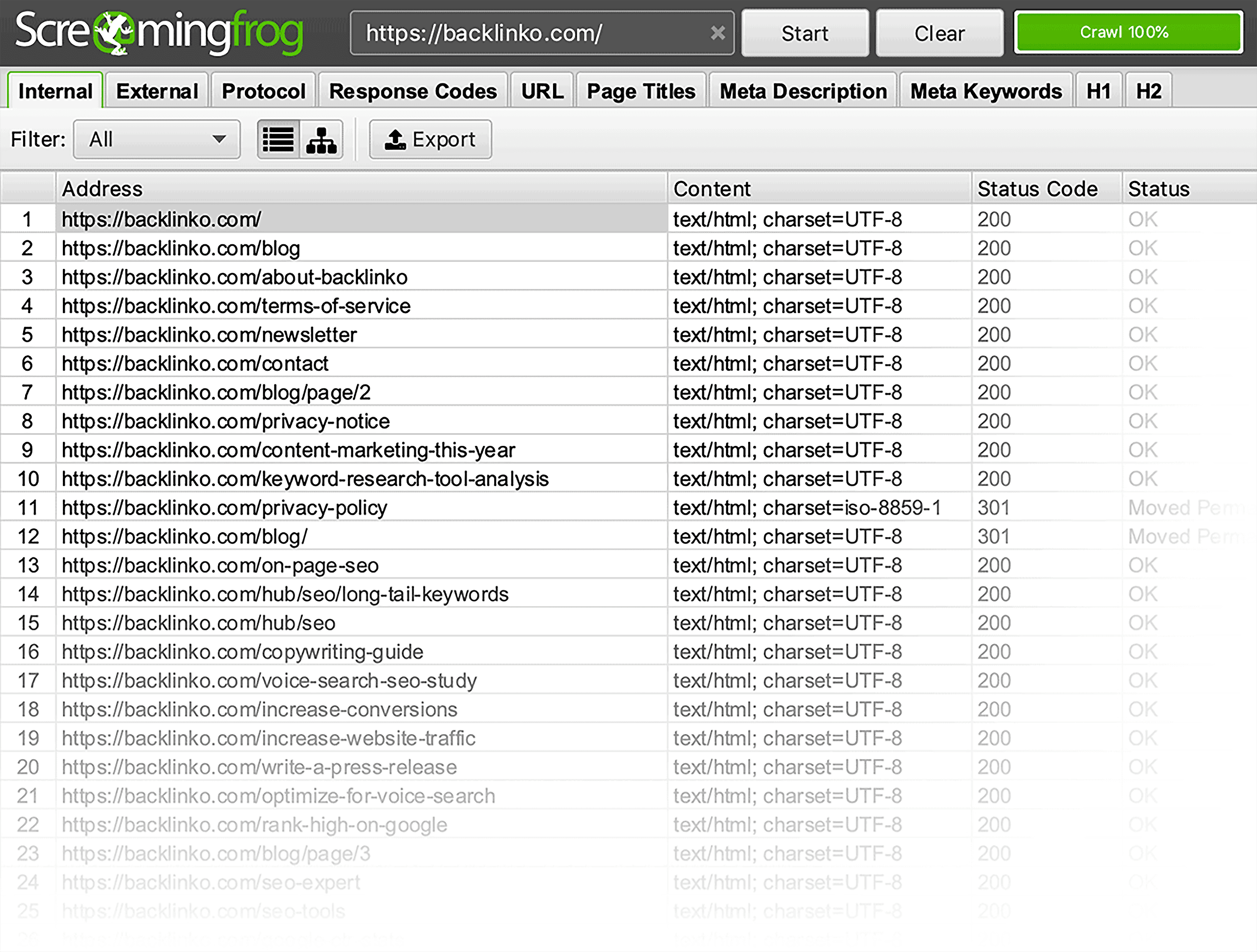
Semrush Site Audit
Semrush has a sneaky good SEO site audit tool.

What I like most about this feature is that you get info on your site’s overall technical SEO health.

Site performance report.

And issues with your site’s HTML tags.
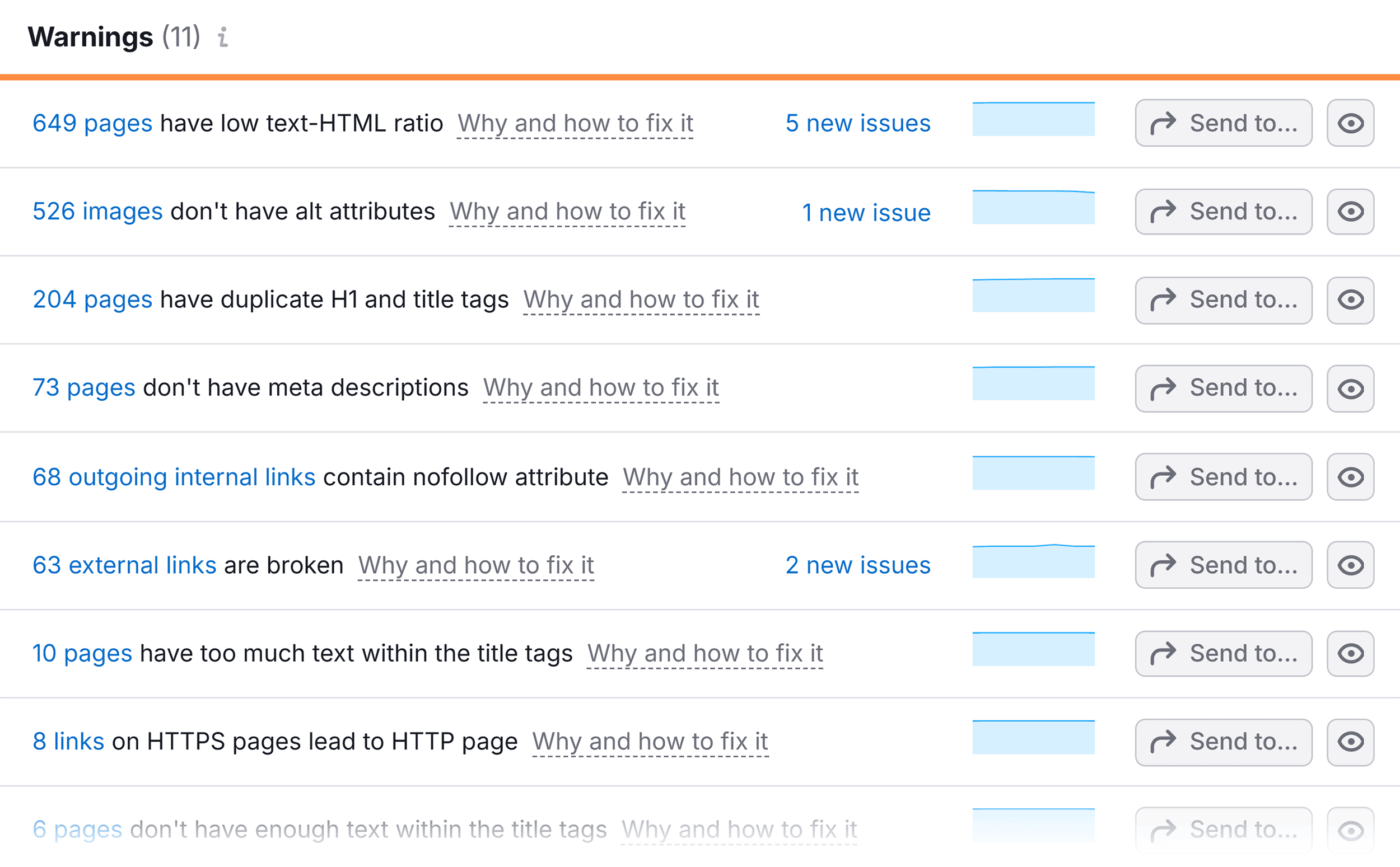
Each of these 3 tools have their pros and cons. So if you run a large site with 10k+ pages, I recommend using all three of these approaches. That way, nothing falls through the cracks.
Internal Link to “Deep” Pages
Most people don’t have any issues getting their homepage indexed.
It’s those deep pages (pages that are several links from the homepage) that tend to cause problems.
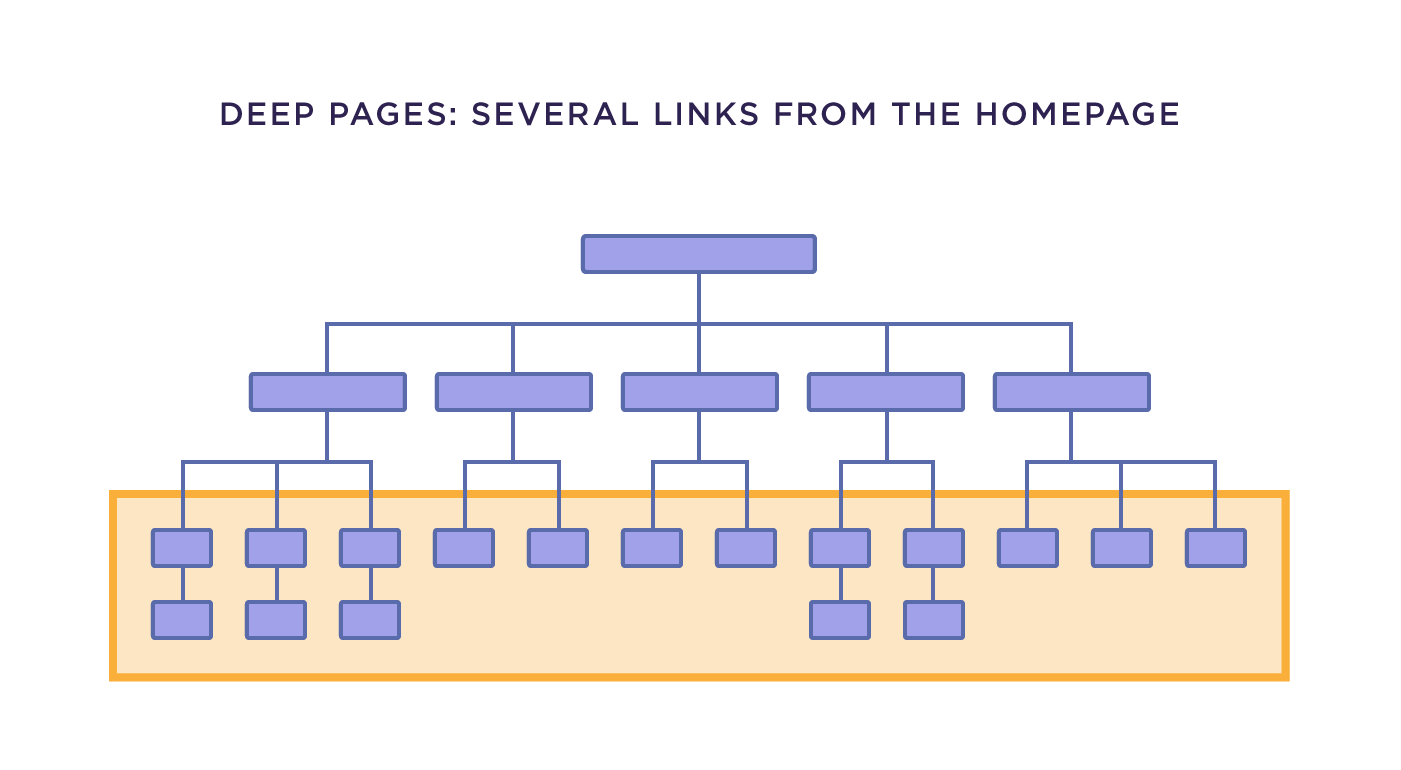
A flat architecture usually prevents this issue from happening in the first place. After all, your “deepest” page will only be 3-4 clicks from your homepage.
Either way, if there’s a specific deep page or set of pages that you want indexed, nothing beats a good old-fashioned internal link to that page.
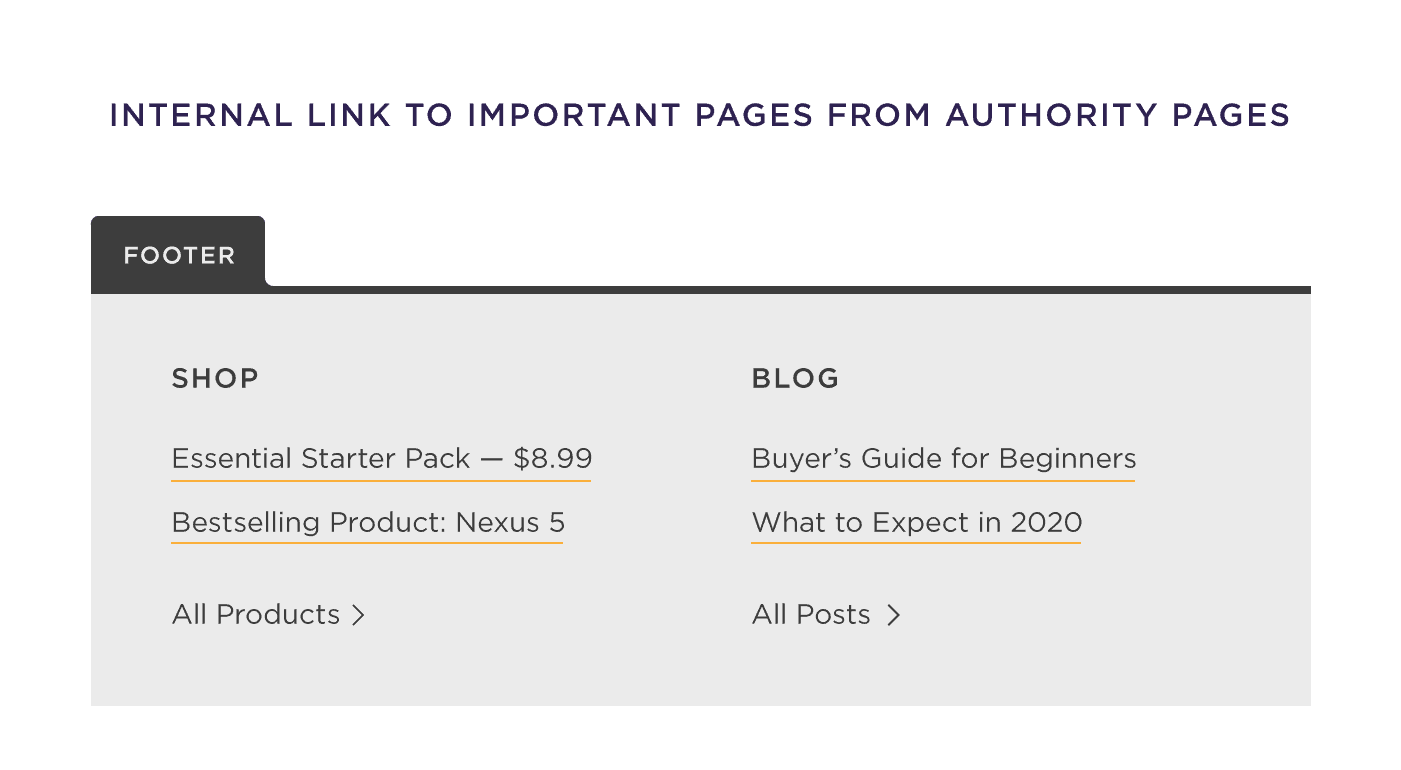
Especially if the page you’re linking from has a lot of authority and gets crawled all the time.
Use an XML Sitemap
In this age of mobile-first indexing and AMP does Google still need an XML sitemap to find your site’s URLs?
Yup.
In fact, a Google rep stated that XML sitemaps are the “second most important source” for finding URLs.

(The first? They didn’t say. But I’m assuming external and internal links).
If you want to double check that your sitemap is all good, head over to the “Sitemaps” feature in the Search Console.
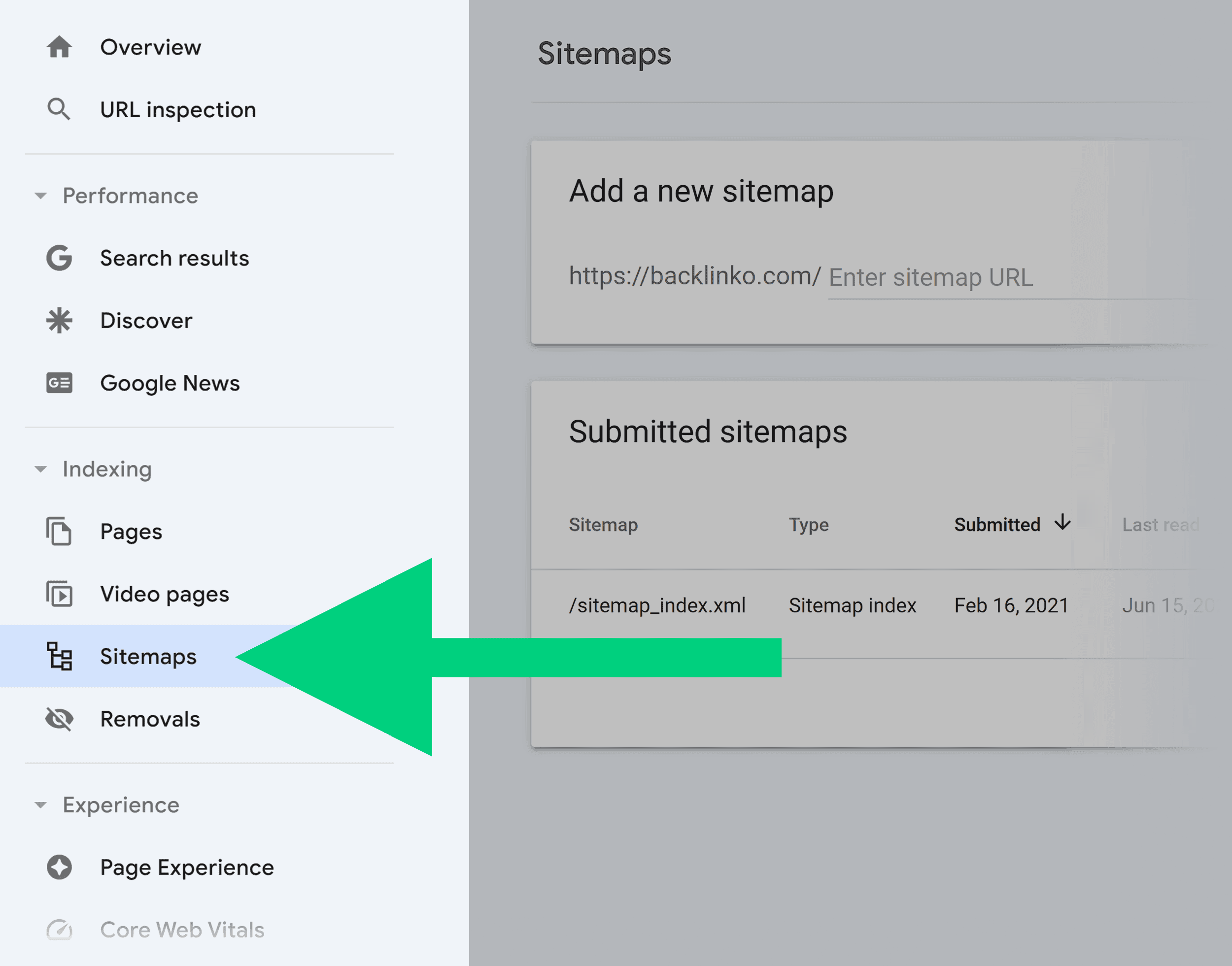
This will show you the sitemap Google is seeing for your site.

GSC “Inspect”
Is a URL on your site not getting indexed?
Well, the GSC’s Inspect feature can help you get to the bottom of things.
Not only will it tell you why a page isn’t getting indexed…
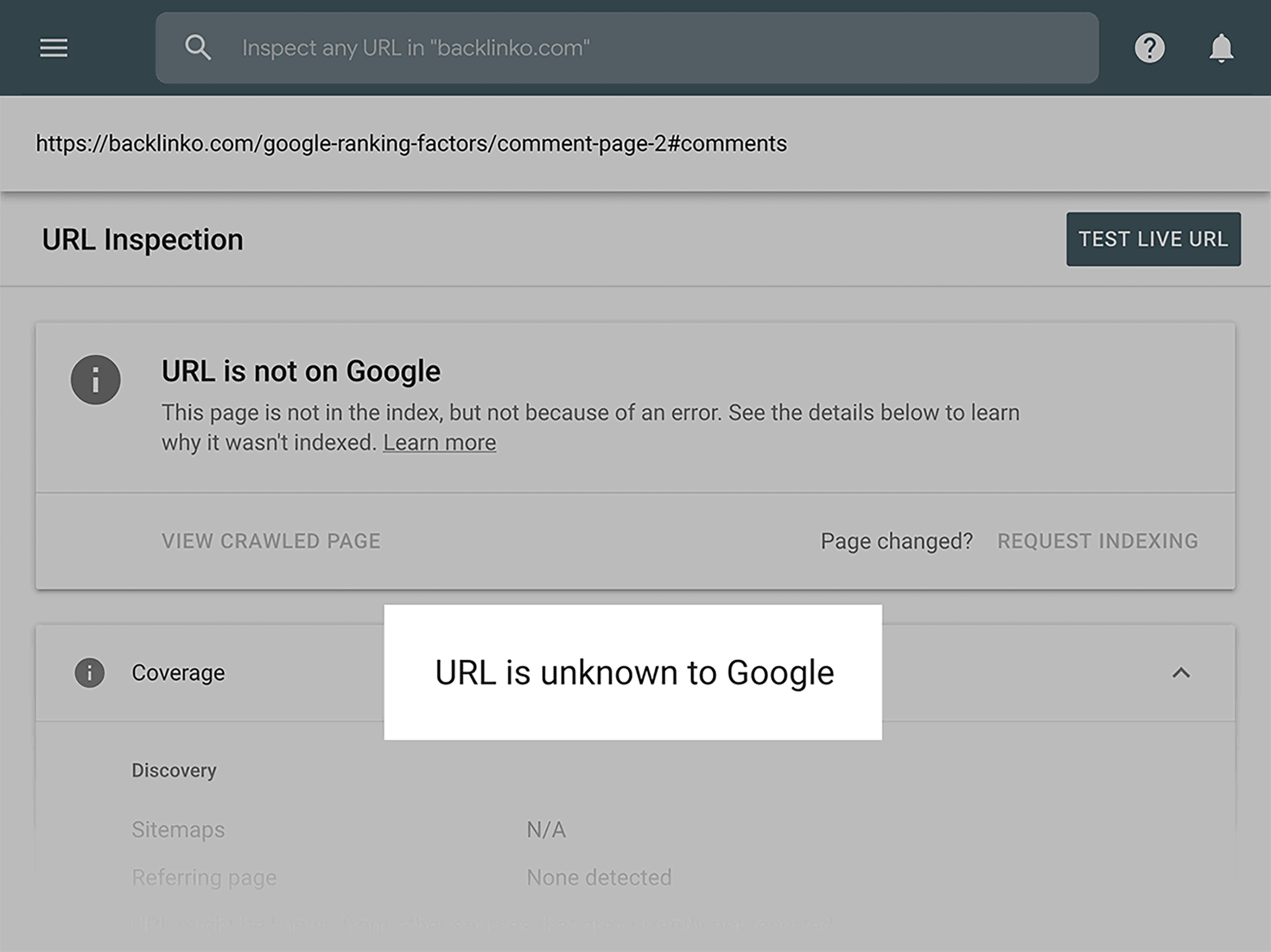
But for pages that ARE indexed, you can see how Google renders the page.
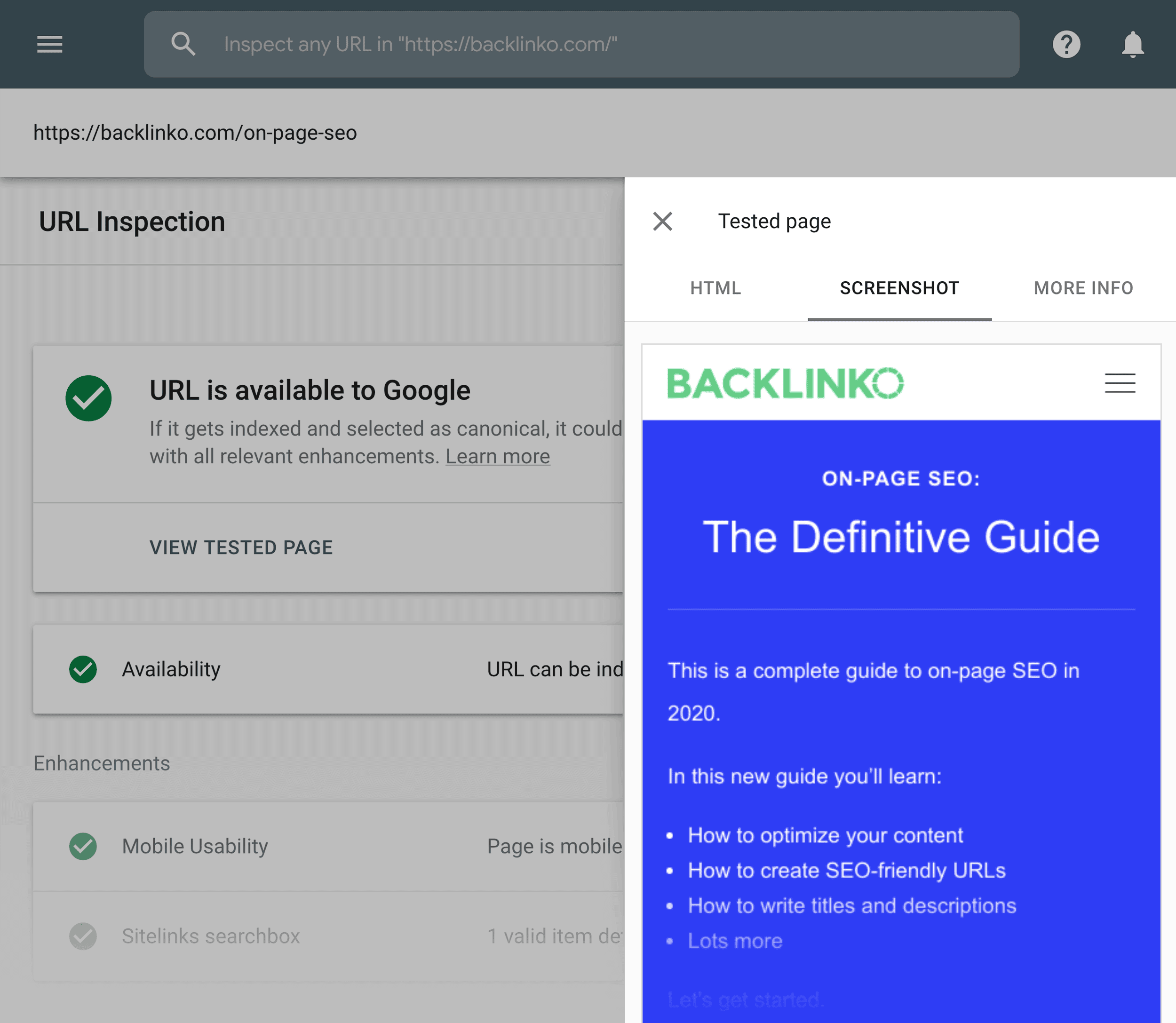
That way, you can double check that Google is able to crawl and index 100% of the content on that page.
Chapter 4:Thin and Duplicate Content

If you write unique, original content for every page on your site then you probably don’t need to worry about duplicate content.
That said:
Duplicate content can technically crop up on any site… especially if your CMS created multiple versions of the same page on different URLs.
And it’s the same story with thin content: it’s not an issue for most websites. But it can hurt your overall site’s rankings. So it’s worth finding and fixing.
And in this chapter I’m going to show you how to proactively fix duplicate and thin content issues on your site.
Use an SEO Audit Tool to Find Duplicate Content
There are two tools that do a GREAT job at finding duplicate and thin content.
The first is the Raven Tools Site Auditor.
It scans your site for duplicate content (or thin content). And lets you know which pages need to be updated.
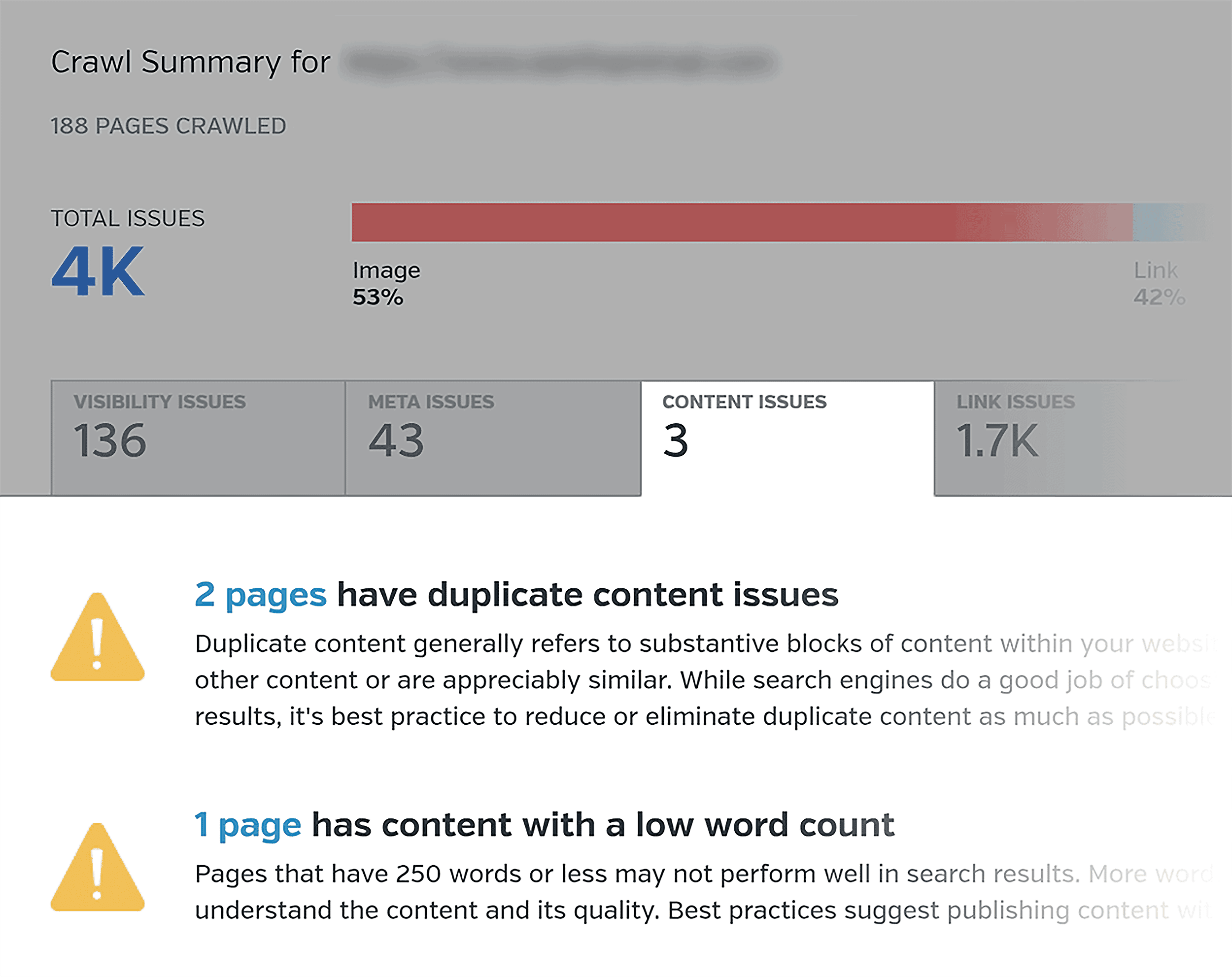
The Semrush site audit tool also has a “Content Quality” section that shows you if your site has the same content on several different pages.
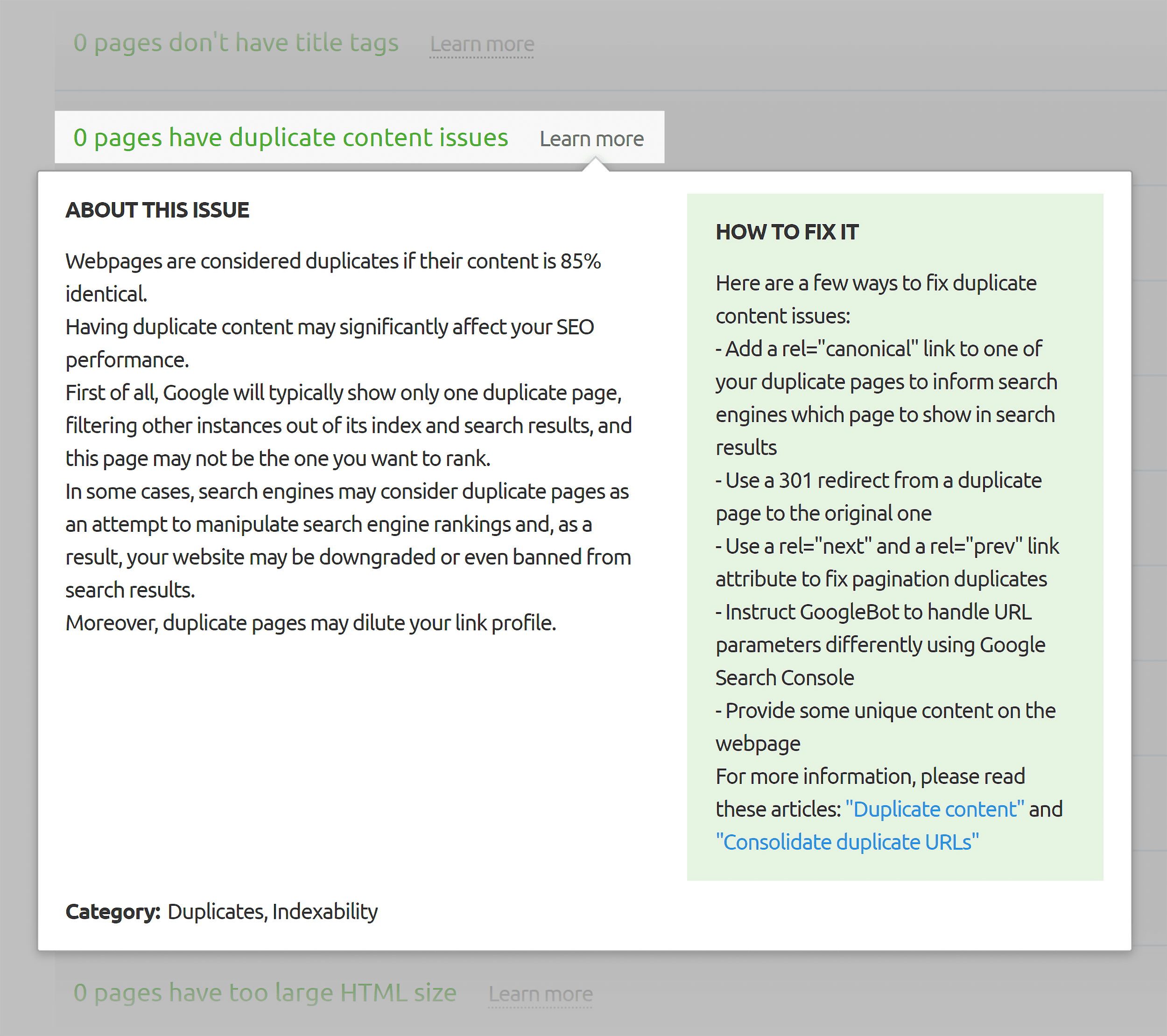
That said:
These tools focus on duplicate content on your own website.
“Duplicate content” also covers pages that copy content from other sites.
To double-check that your site’s content is unique, I recommend Copyscape’s “Batch Search” feature.
Here’s where you upload a list of URLs and see where that content appears around the web.

If you find a snippet of text that shows up on another site, search for that text in quotes.
If Google shows your page first in the results, they consider you the original author of that page.

And you’re good to go.
Note: If other people copy your content and put it on their website, that’s their duplicate content problem. Not yours. You only need to worry about content on your site that’s copied (or super similar) to content from other websites.
Noindex Pages That Don’t Have Unique Content
Most sites are going to have pages with some duplicate content.
And that’s OK.
This becomes a problem when those duplicate content pages are indexed.
The solution? Add the “noindex” tag to those pages.
The noindex tag tells Google and other search engines to not index the page.

You can double check that your noindex tag is set up correctly using the “Inspect URL feature” in the GSC.
Pop in your URL and click “Test Live URL”.
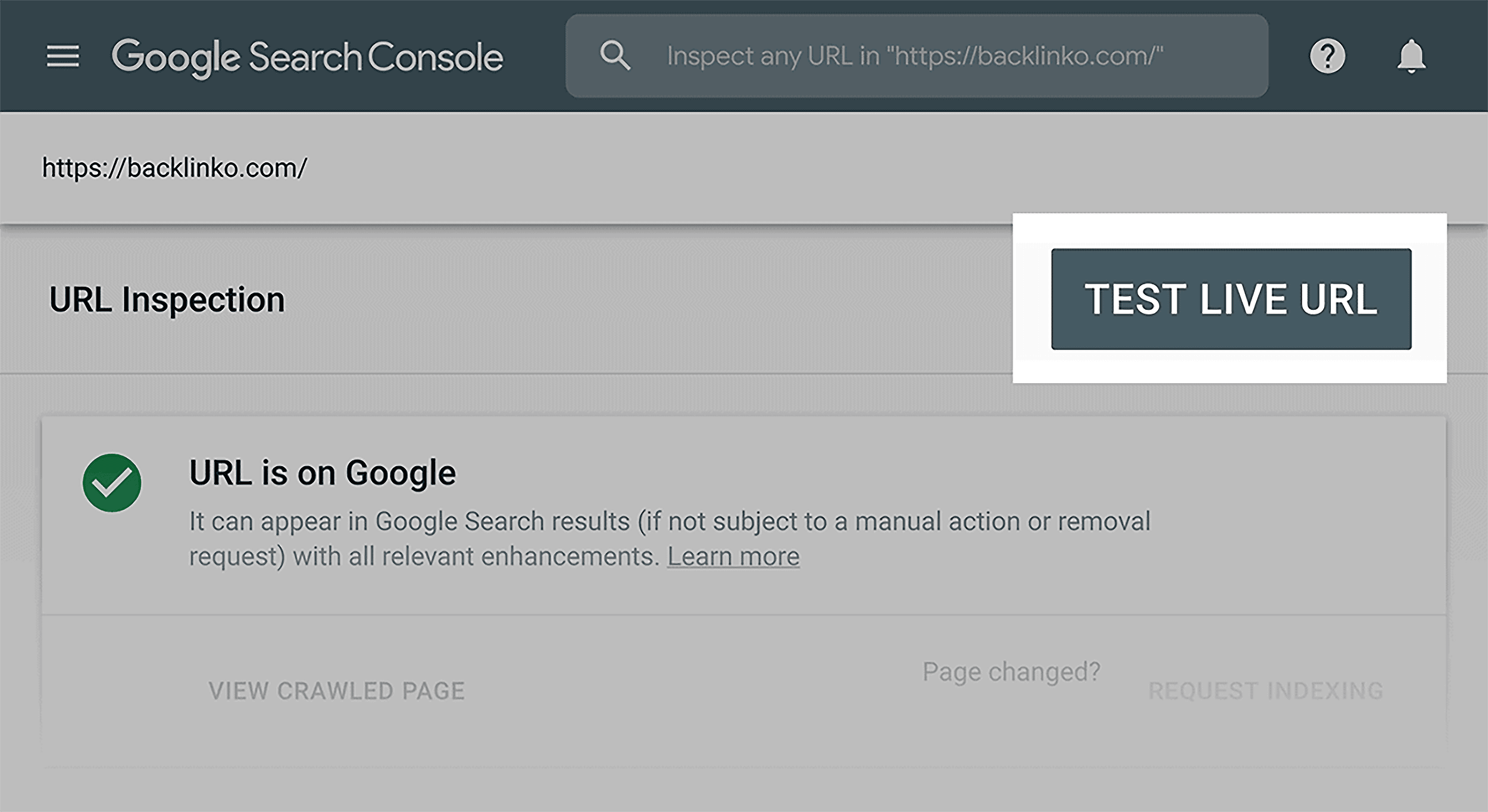
If Google is still indexing the page, you’ll see a “URL is available to Google” message. Which means that your noindex tag isn’t set up correctly.

But if you see an “Excluded by ‘noindex’ tag” message, then the noindex tag is doing its job.
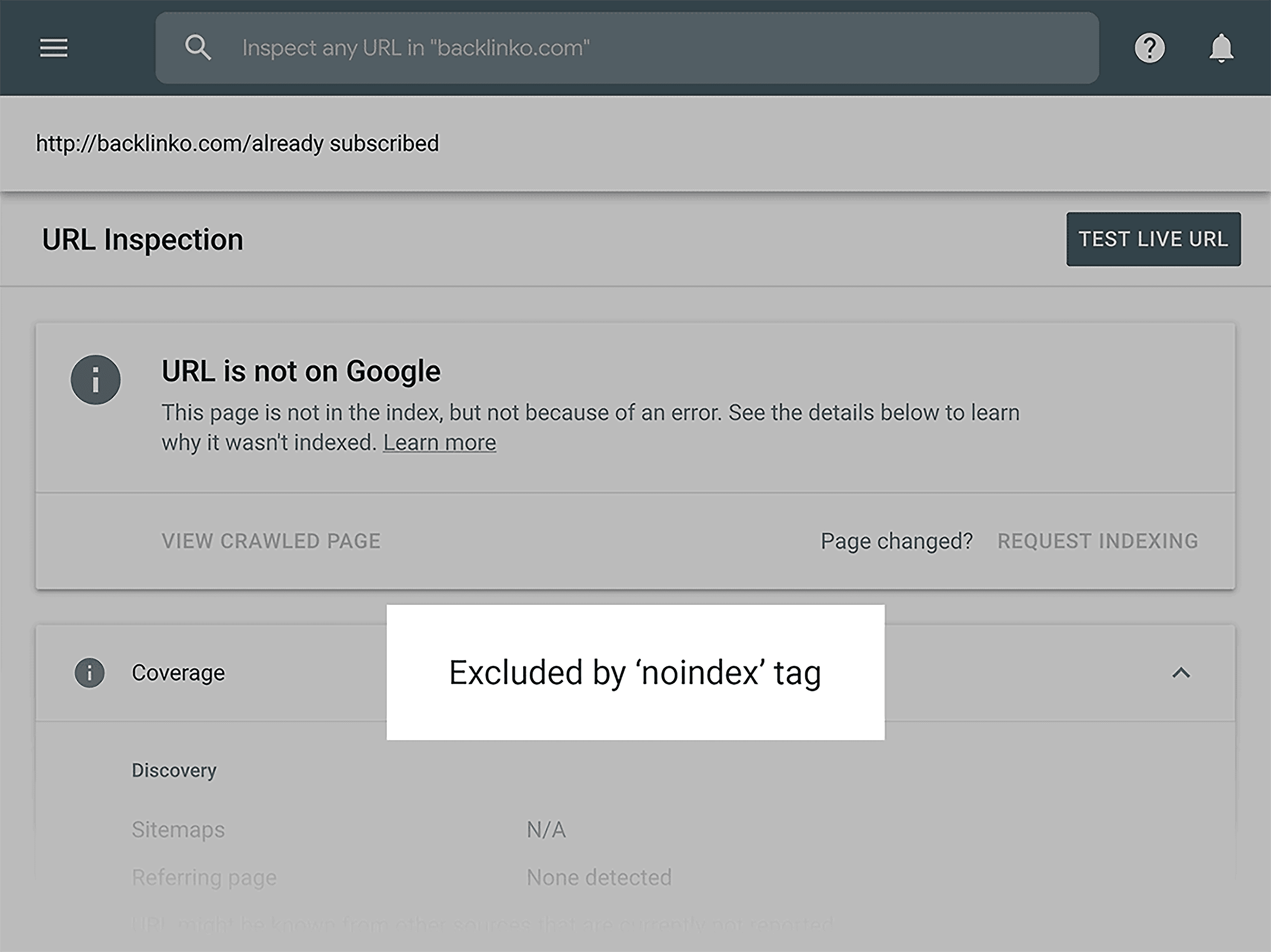
(This is one of the few times you WANT to see a red error message in the GSC 🙂 )
Depending on your crawl budget, it can take a few days or weeks for Google to re-crawl the pages you don’t want indexed.
So I recommend checking the “Excluded” tab in the Coverage report to make sure your noindexed pages are getting removed from the index.

For example, certain posts at Backlinko used to have paginated comments.
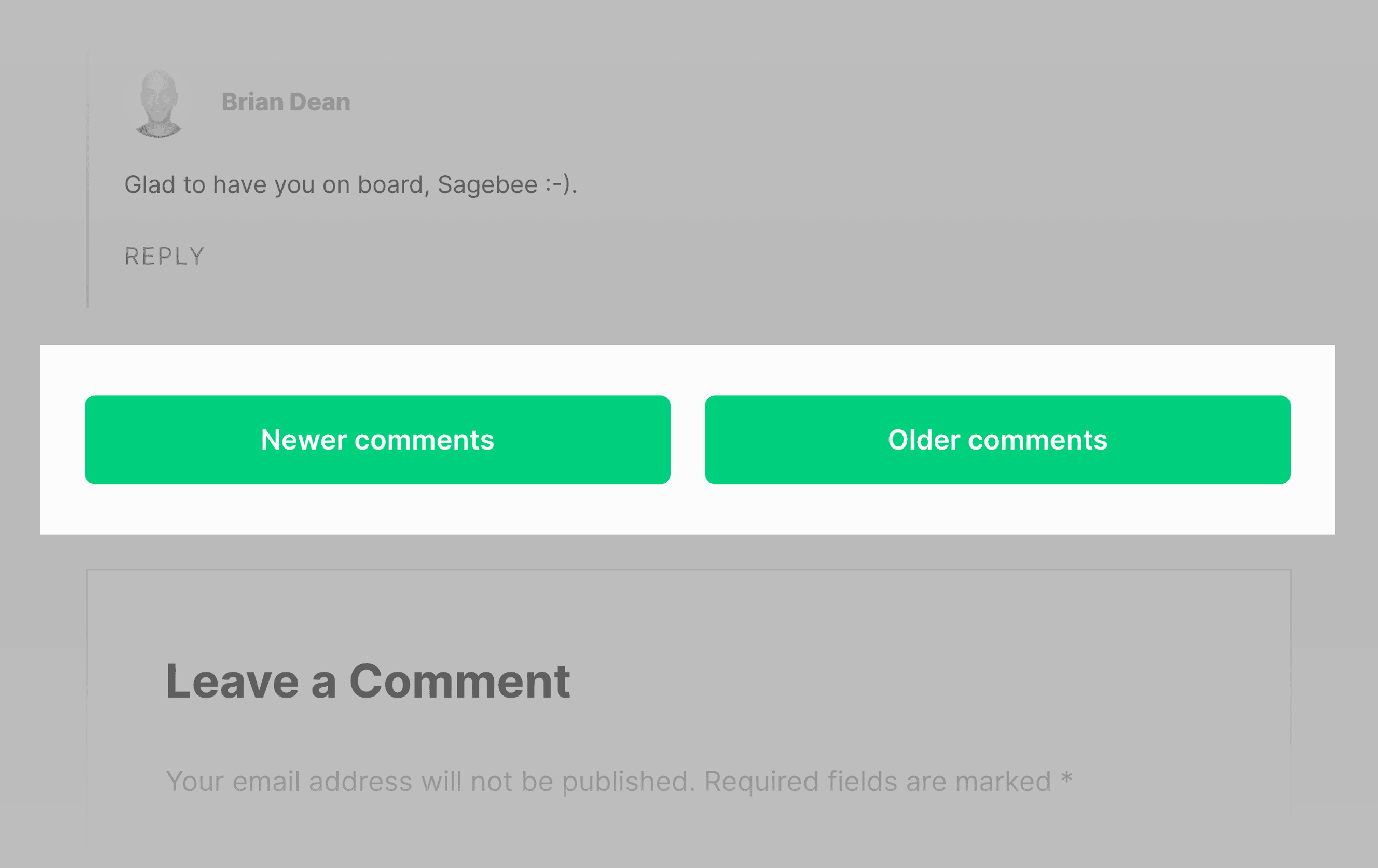
And every single comments page had the original blog post on it.

If those pages got indexed by Google, we’d have duplicate content issues up the wazoo.
Which is why we added a noindex tag to every single one of those pages.

Note: You can also block search engine spiders from crawling the page altogether by blocking their individual crawlers in your robots.txt file.
Use Canonical URLs
Most pages that have duplicate content on them should get the ol’ no index tag added to them. Or have the duplicate content replaced with unique content.
But there’s a third option: canonical URLs.
Canonical URLs are perfect for pages that have very similar content on them… with minor differences between pages.
For example, let’s say you run an ecommerce site that sells hats.
And you have a product page set up just for cowboy hats.
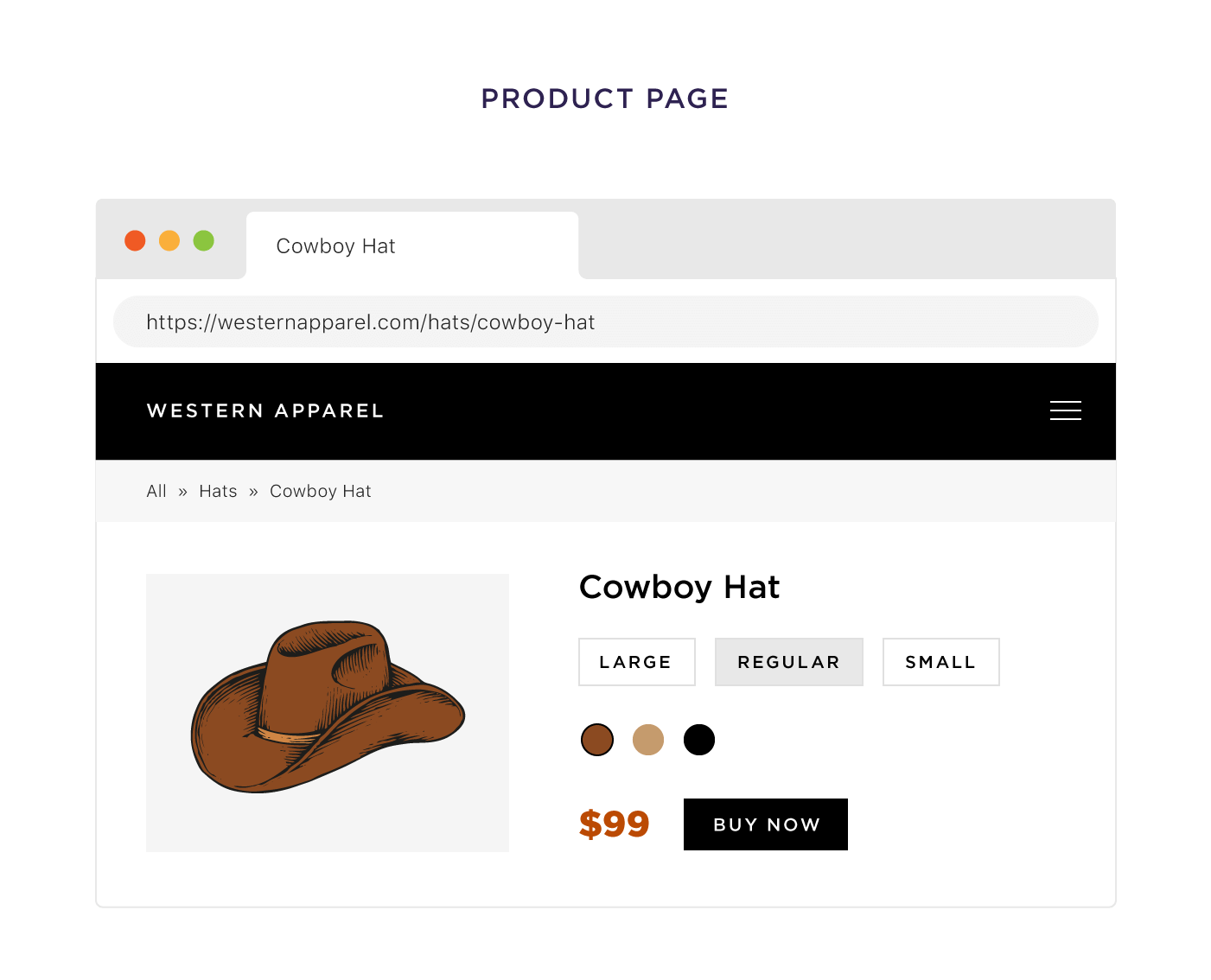
Depending on how your site is set up, every size, color and variation can result in different URLs.
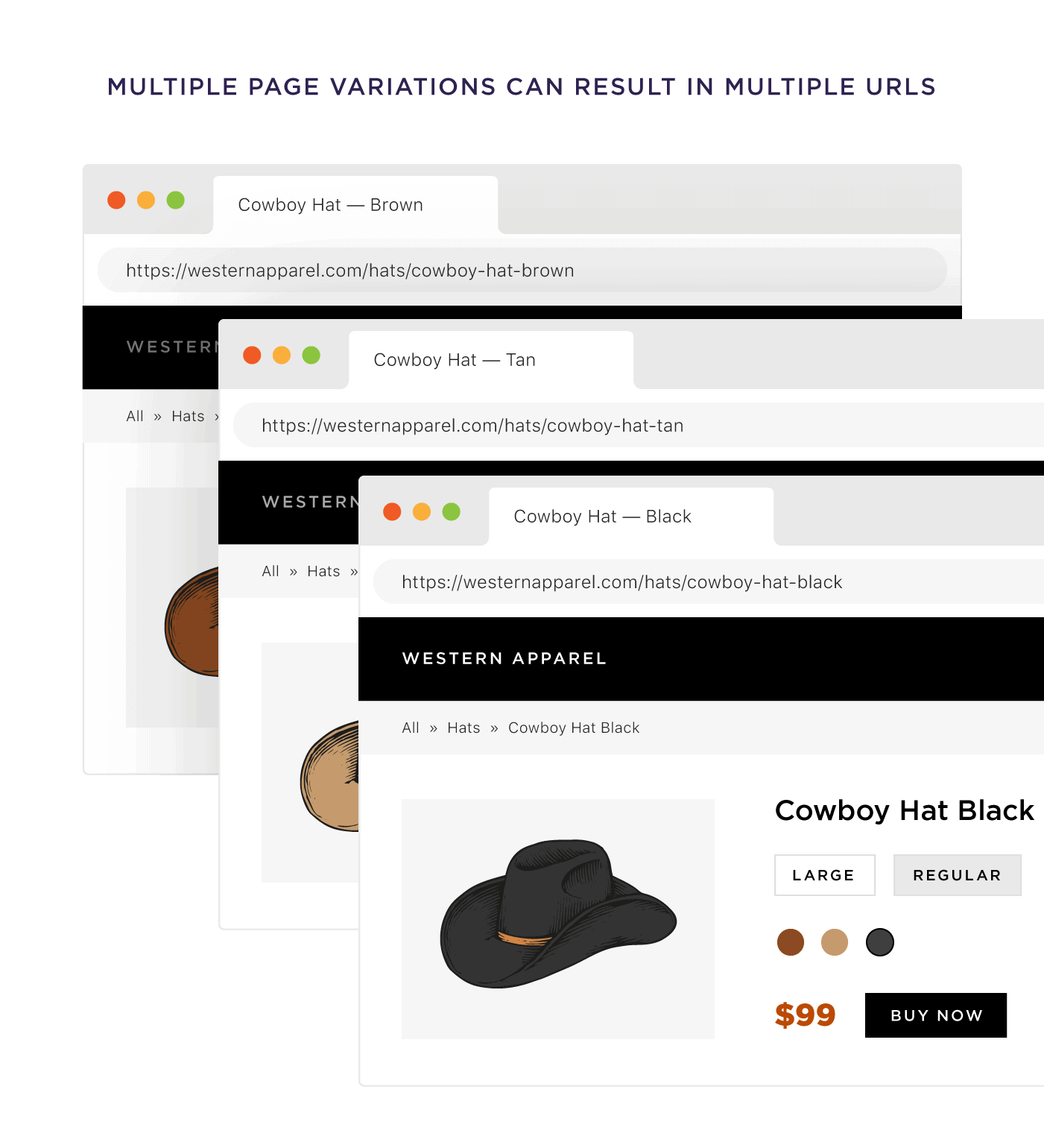
Not good.
Fortunately, you can use the canonical tag to let Google know that the vanilla version of your product page is the “main” one. And all the others are variations.
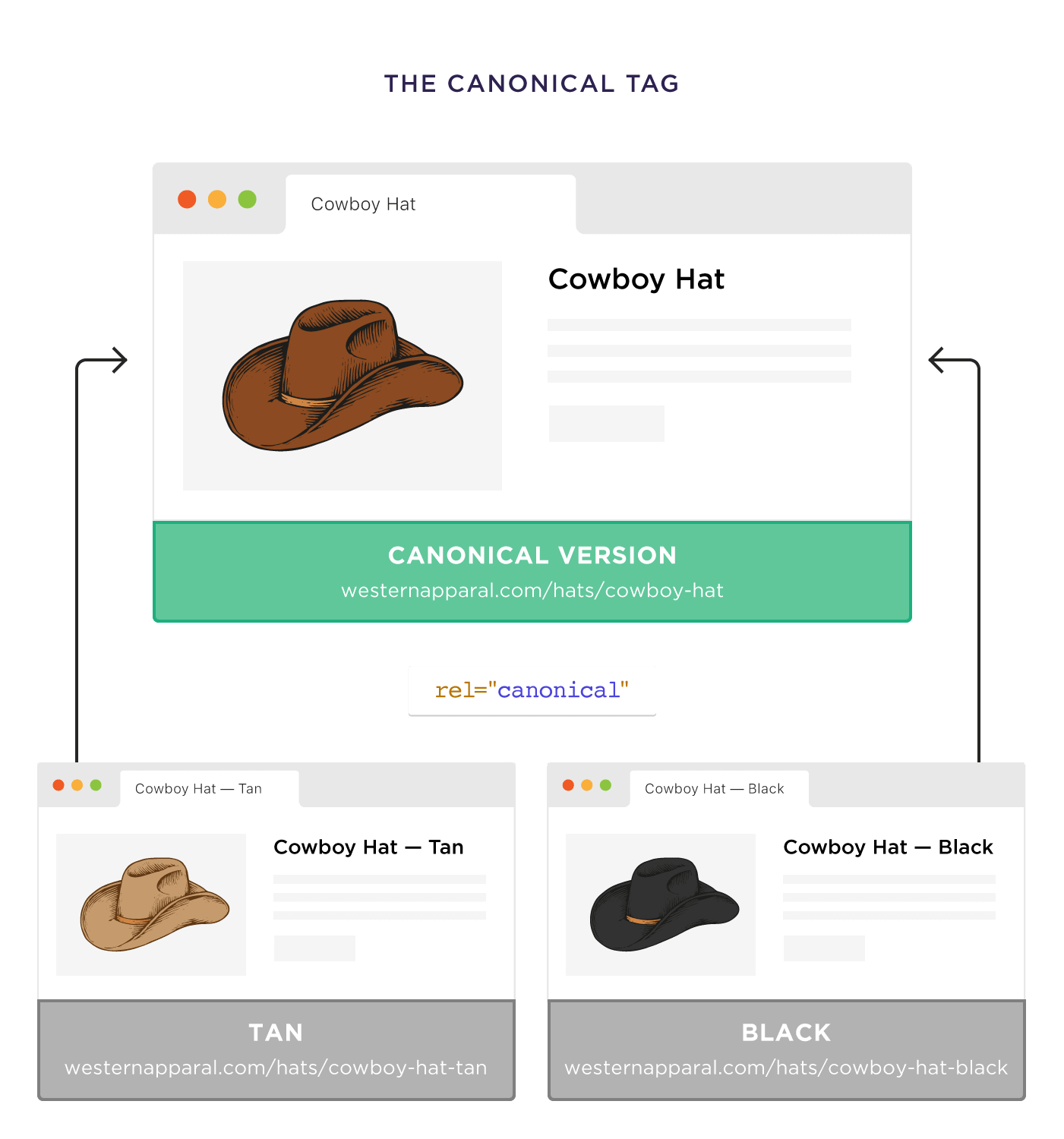
Chapter 5:PageSpeed
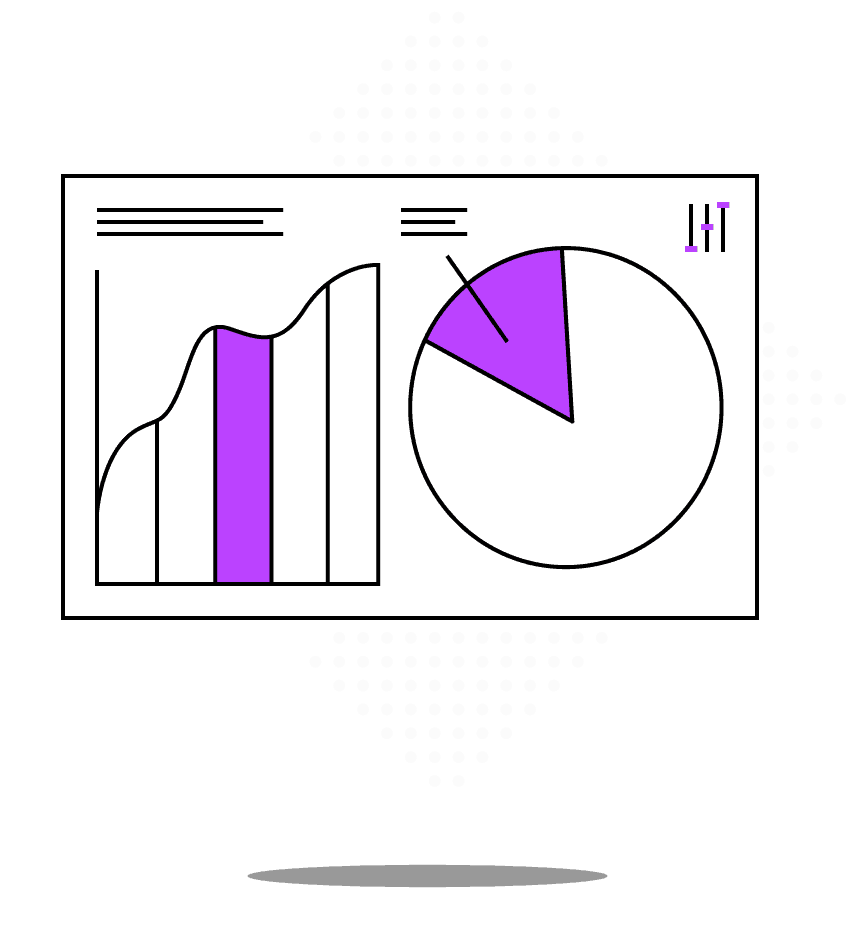
Improving your pagespeed is one of the few technical SEO strategies that can directly impact your site’s rankings.
That’s not to say that a fast-loading site will rocket you to the top of Google’s first page.
(You need backlinks for that)
But improving your site’s loading speed can make a significant dent in your organic traffic.
And in this chapter I’ll show you 3 simple ways to boost up your site’s loading speed.
Reduce Web Page Size
CDNs. Cache. Lazy loading. Minifying CSS.
I’m sure you’ve read about these approaches a thousand times before.
But I don’t see nearly as many people talk about a page speed factor that’s just as important:
Web page size.
In fact, when we ran our large-scale pagespeed study, we found that a page’s total size correlated with load times more than any other factor.

The takeaway here is this:
When it comes to pagespeed, there’s no free lunch.
You can compress images and cache the heck out of your site.
But if your pages are huge, then they’re going to take a while to load.
This is something we struggle with here at Backlinko. Because we use lots of high-res images, our pages tend to be ginormous.
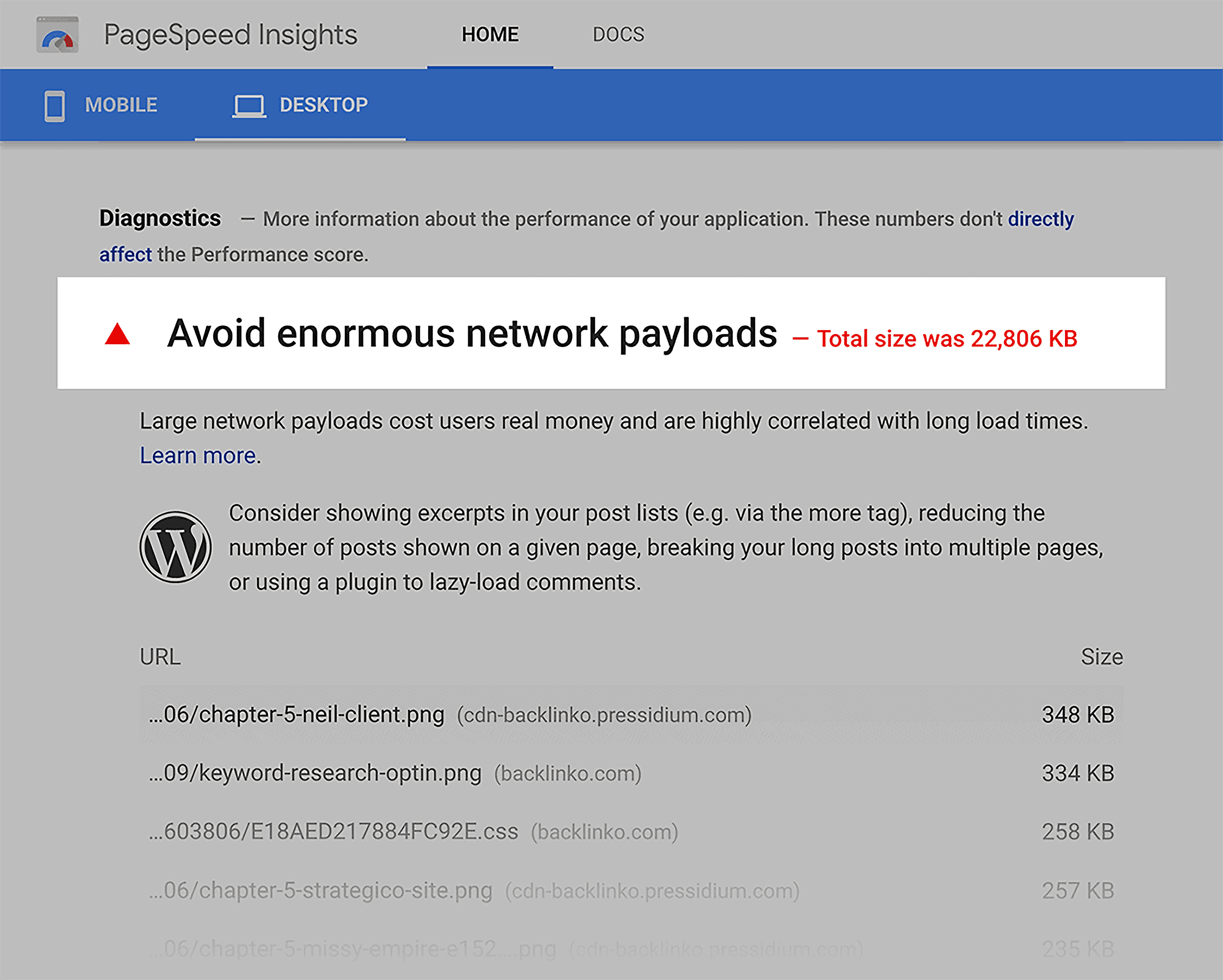
I make the conscious decision to live with slower loading times. I rather have a slow, awesome-looking page vs. a fast page with grainy images.
Which does hurt our scores on Google PageSpeed Insights.

But if improving your site speed is a top priority, then you want to do whatever you can to slim down your page’s total size.
Test Load Times With and Without a CDN
One of the most surprising findings from our pagespeed study was that CDNs were associated with worse load times.

This is likely because many CDNs aren’t set up correctly.
So if your site uses a CDN, I recommend testing your site’s speed on webpagetest.org with the CDN on or off.
Eliminate 3rd Party Scripts
Each 3rd party script that a page has adds an average of 34ms to its load time.

Some of these scripts (like Google Analytics), you probably need.
But it never hurts to look over your site’s scripts to see if there’s any that you can get rid of.
Chapter 6:Extra Technical SEO Tips

Now it’s time for some quick technical SEO tips.
In this chapter we’ll cover redirects, structured data, Hreflang, and more.
Implement hreflang for International Websites
Does your site have different versions of your page for different countries and languages?

If so, the hreflang tag can be a HUGE help.
The only issue with the hreflang tag?
It’s tough to set up. And Google’s documentation on how to use it isn’t super clear.
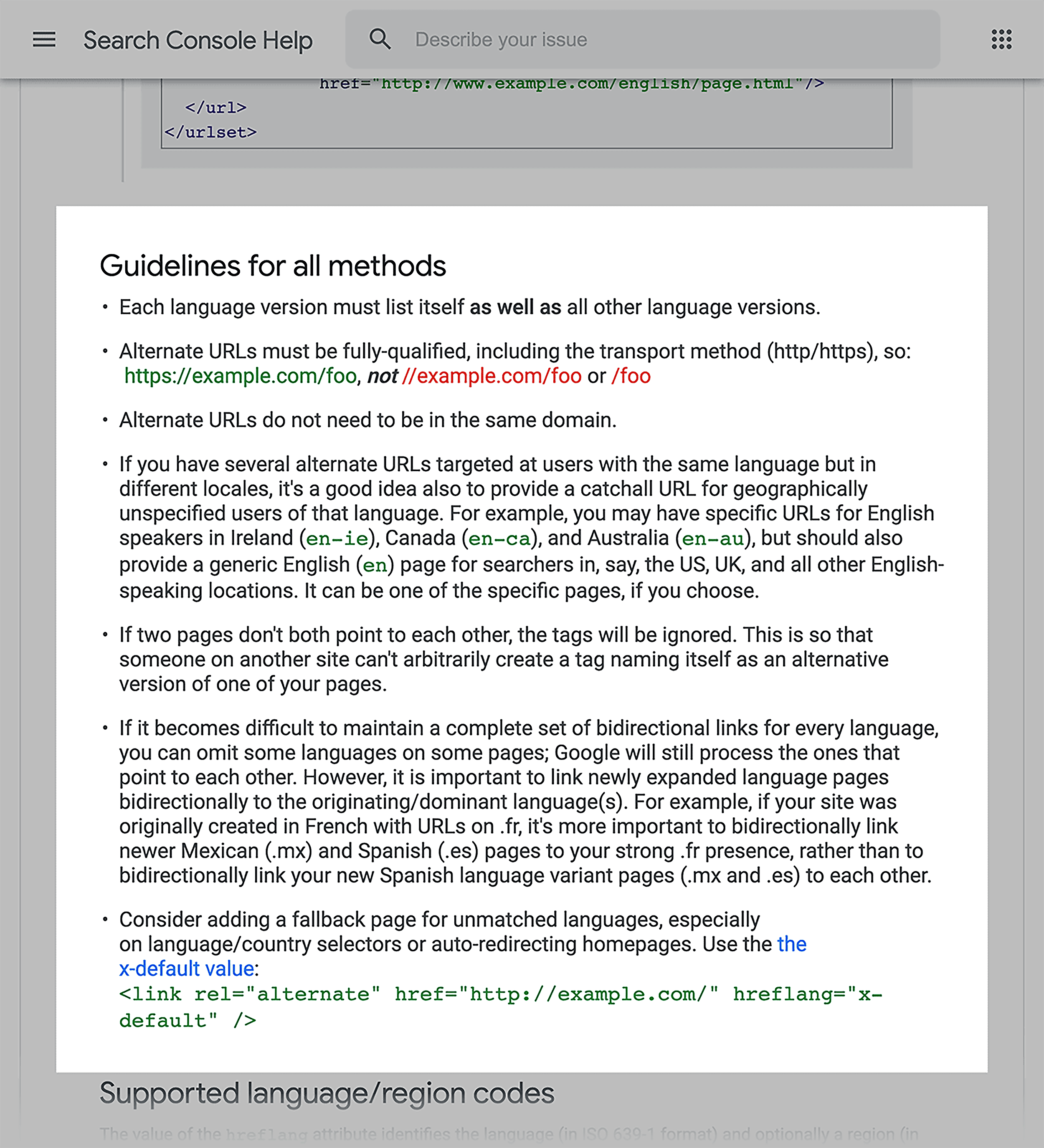
Enter: Aleyda Solis’ Hreflang Generator Tool.

This tool makes it (relatively) easy to create an hreflang tag for multiple countries, languages and regions.
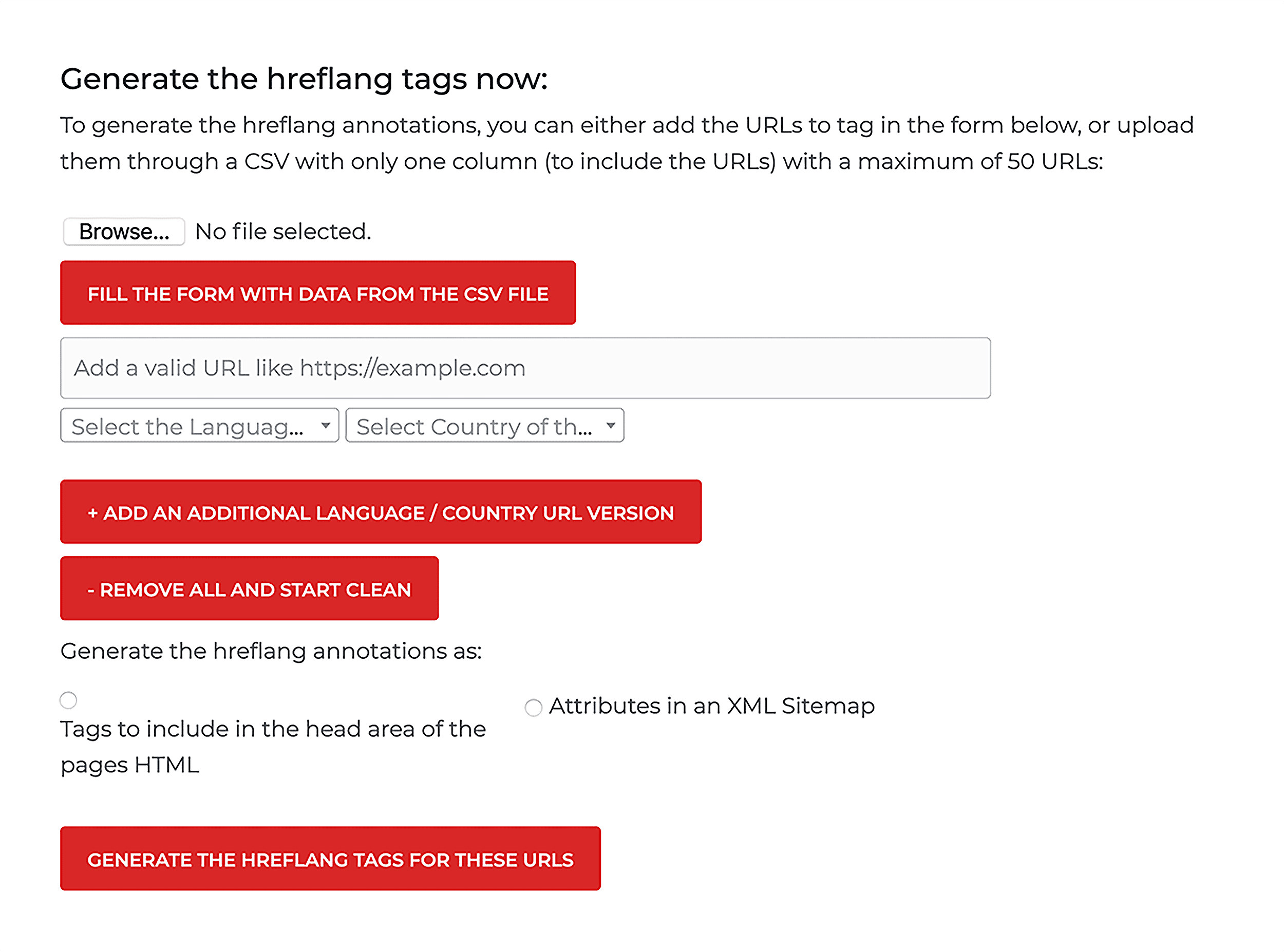
Check Your Site for Dead Links
Having a bunch of dead links on your site won’t make or break your SEO.
In fact, Google even said that broken links are “not an SEO problem”.
But if you have broken internal links?
That’s another story.
Broken internal links can make it harder for Googlebot to find and crawl your site’s pages.
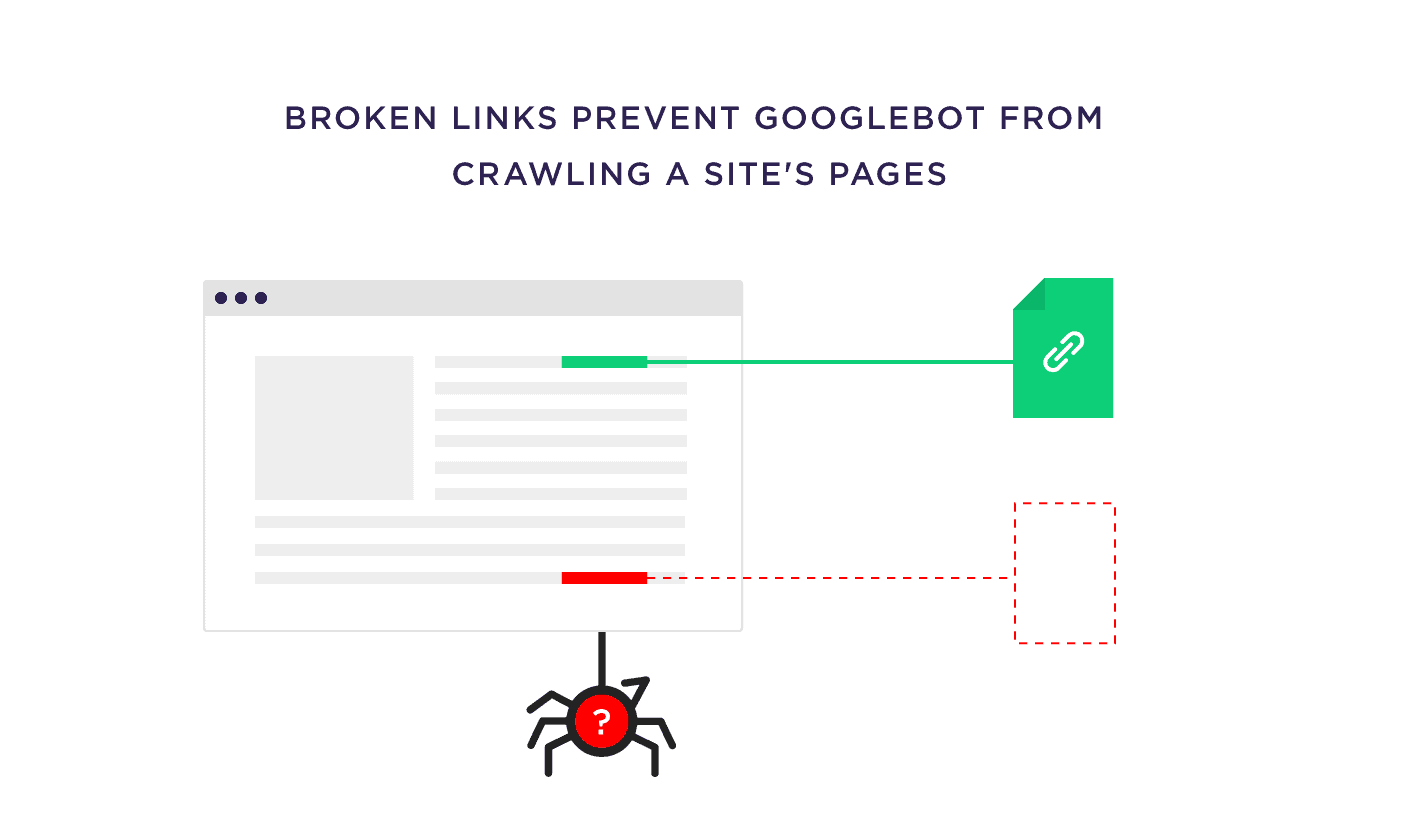
So I recommend doing a quarterly SEO audit that includes fixing broken links.
You can find your site’s broken links using pretty much any SEO audit tool, like Semrush:
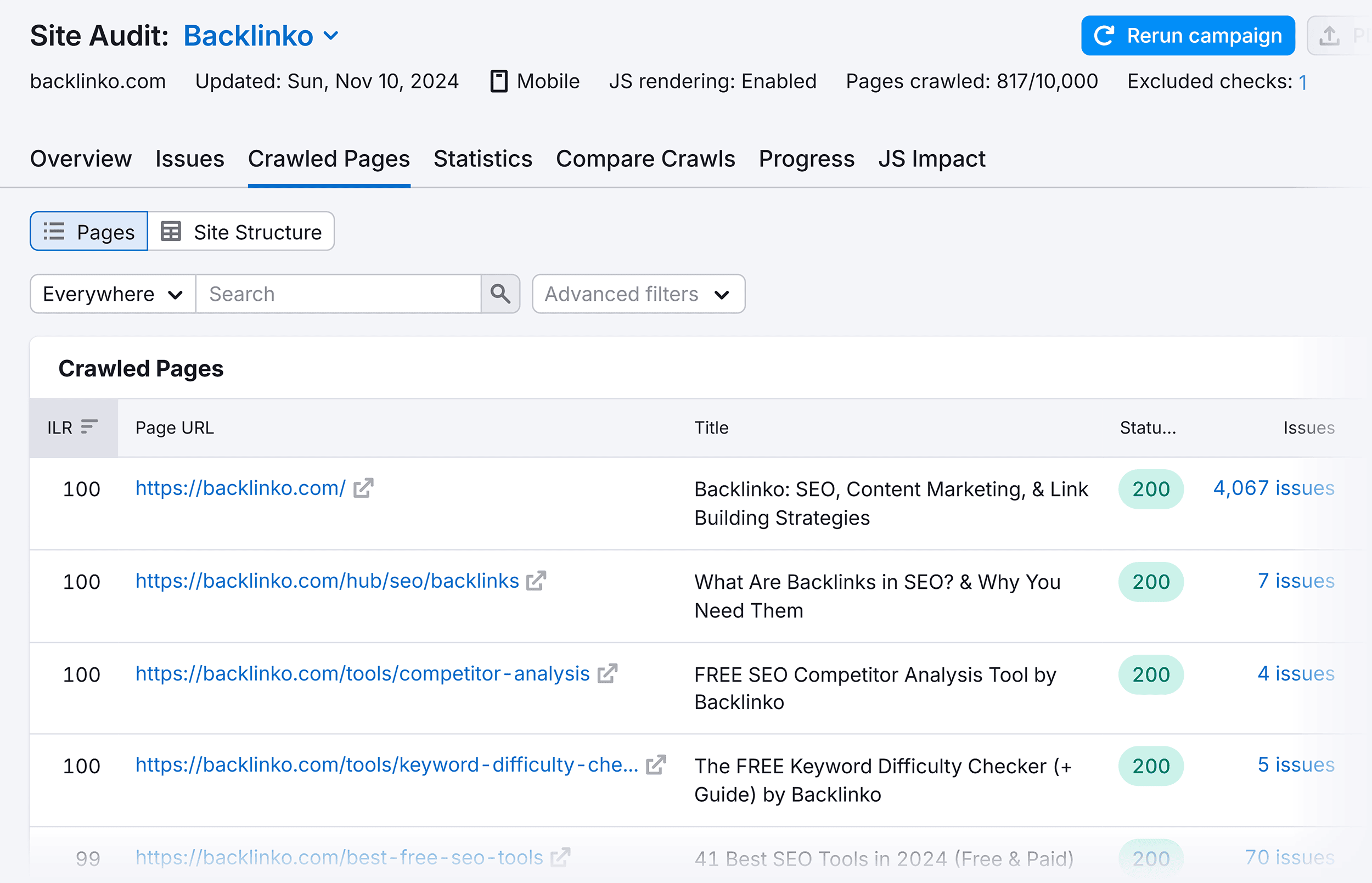
Or Screaming Frog.

As you can see, I don’t have any problems. What can I say? I’m good at SEO 😉
And…
You can follow this step-by-step backlink audit on your site and acquire similar results.
Set up Structured Data
Do I think that setting up Schema directly helps your site’s SEO?
No.
In fact, our search engine ranking factors study found no correlation between Schema and first page rankings.
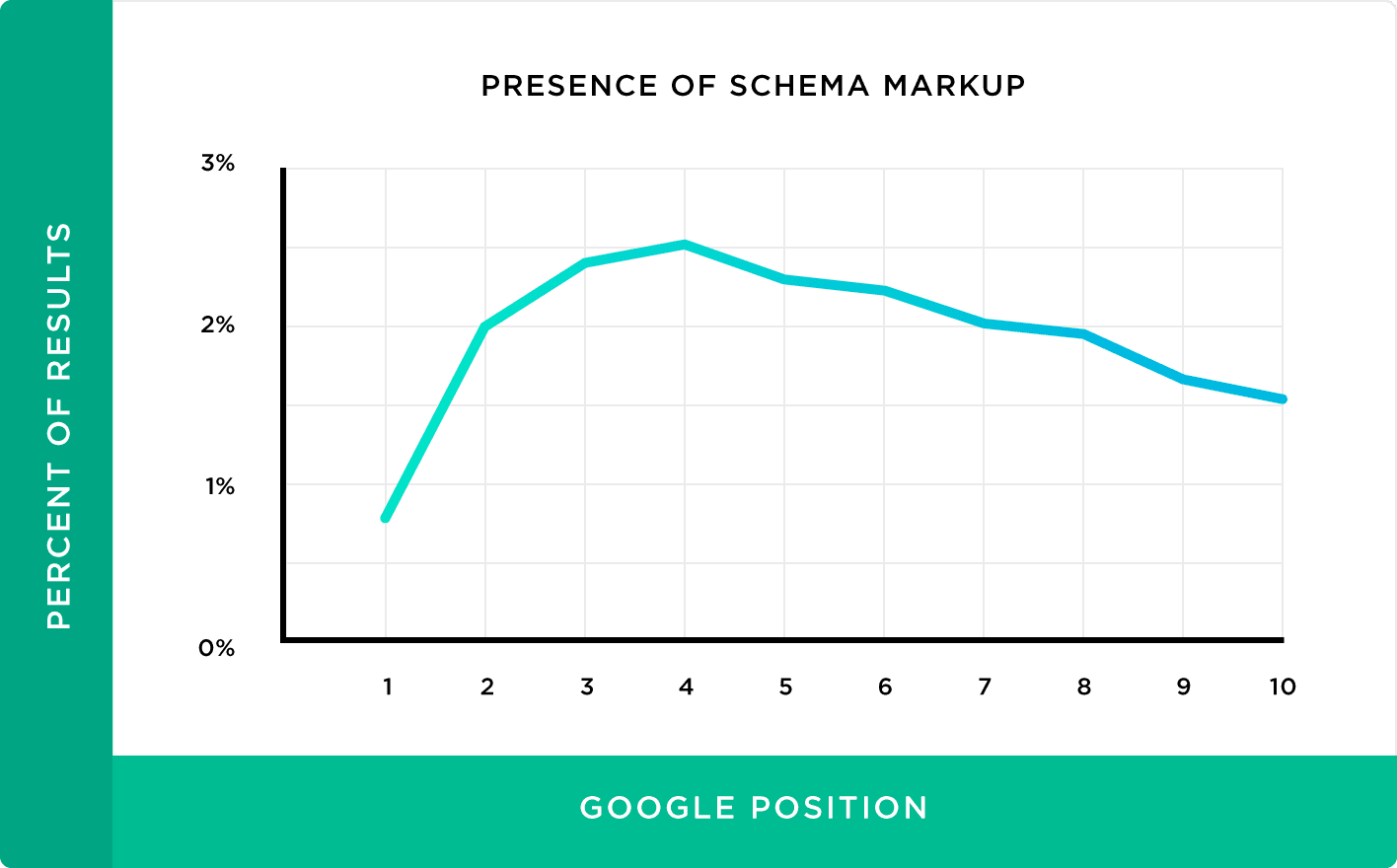
That said:
Using Schema CAN give some of your pages Rich Snippets.
And because Rich Snippets stand out in the SERPs, they can dramatically improve your organic click through rate.
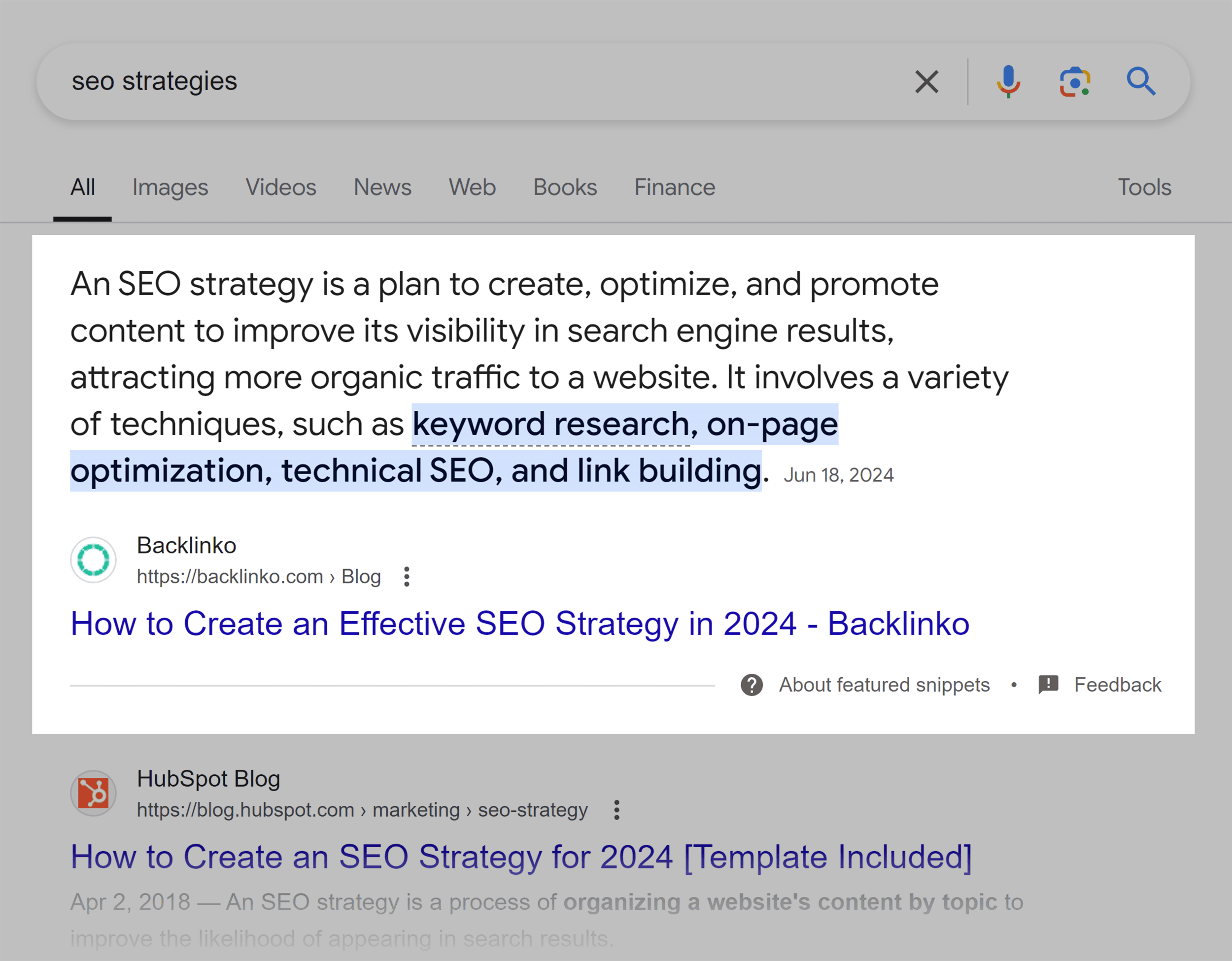
Validate Your XML Sitemaps
If you run a huge site, it’s hard to keep track of all of the pages in your sitemap.
In fact, many sitemaps that I look at have pages with 404 and 301 status codes. Considering that the main goal of your sitemap is to show search engines all of your live pages, you want 100% of the links in your sitemap to point to live pages.
So I recommend running your sitemap through the Map Broker XML Sitemap Validator.
Just enter a sitemap from your site.

And see if any of your links are broken or redirected.

Noindex Tag and Category Pages
If your site runs on WordPress, I highly recommend noindexing category and tag pages.
(Unless, of course, those pages bring in lots of traffic).
These pages don’t usually add much value to users. And they can cause duplicate content issues.
If you use Yoast, you can easily noindex these pages with a single click.

Check for Mobile Usability Issues
Google’s mobile first indexing initiative is finally complete. So I don’t need to tell you that your site should be mobile optimized.
That said:
Even sites that are super mobile-friendly can run into issues.
And unless users start emailing you complaints, these issues can be hard to spot.
That’s where Lighthouse comes in.
Lighthouse is an automated tool that scans your site for issues affecting mobile usability. It doesn’t just point out the problems—it gives you detailed, actionable insights to fix them.
For example:
- Are your buttons too close together?
- Is your text too small to read?
Does content overflow the viewport?

Lighthouse flags these issues and more, so you know exactly what’s wrong and how to fix it. All you need to do is run a quick report in Chrome’s DevTools or via the standalone app…
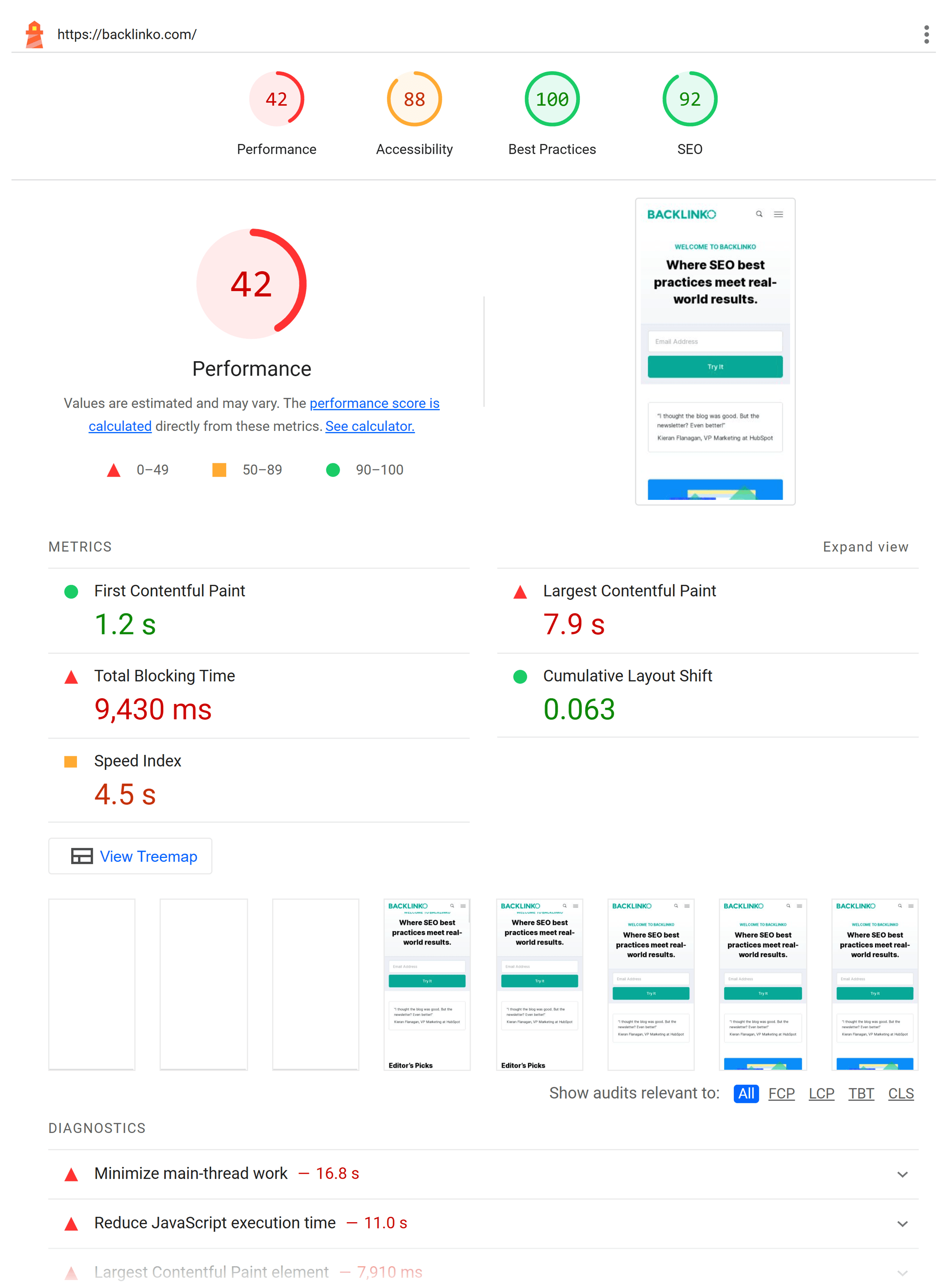
That way, you know exactly what to fix.
Bonus Chapter:Technical SEO Case Studies

Let’s cap off this guide with a set of brand new technical SEO case studies.
Specifically, you’ll see how four Backlinko readers increased their Google rankings with:
- Date Schema
- Internal linking
- FAQ Schema
- Website migration best practices
So without further ado, let’s get right into the case studies.
Case Study #1
How Felix Used Internal Linking to Boost Organic Traffic By 250%
When Felix Norton audited one of his clients’ websites (an event hiring marketplace) for technical SEO issues, one thing stood out:
They weren’t using any internal links! And the internal links the site DID have didn’t use keyword-rich anchor text.
At this point, this client had been with Felix’s agency for 3 months. Felix and his team had been publishing A TON of high-quality content on their client’s blog. But traffic and rankings were stagnant.
Well, during that audit, Felix realized that none of this awesome content was linked together. Even worse: the content didn’t link to important product and services pages.
That’s when Felix decided to add internal links to their high-priority content pieces.

Product pages.

And pieces of related content.

Which resulted in a 250% traffic boost within a week of adding these strategic internal links.

Case Study #2
How Salman Used Date Schema to Double His Page’s Google Traffic
Backlinko reader Salman Baig runs a tech review site called Voxel Reviews.
One of Salman’s most important keywords is “Best Gaming Laptops under 500”.
This might sound like a long tail keyword. Because it is.
But it’s a highly-specific keyword with high search intent. Which means that it was worth Salman’s time to find a way to increase the rankings for that term.
And when he looked at the SERPs for that keyword, he saw an opportunity. An opportunity that he could use technical SEO to tap into.
Specifically, he noticed that most of the pages on the first page had the current month and year in their title tag.

However, many of these pages weren’t actually updating the page (or the “published” date in their HTML).
For example, this page adds the current month to its title tag like clockwork.
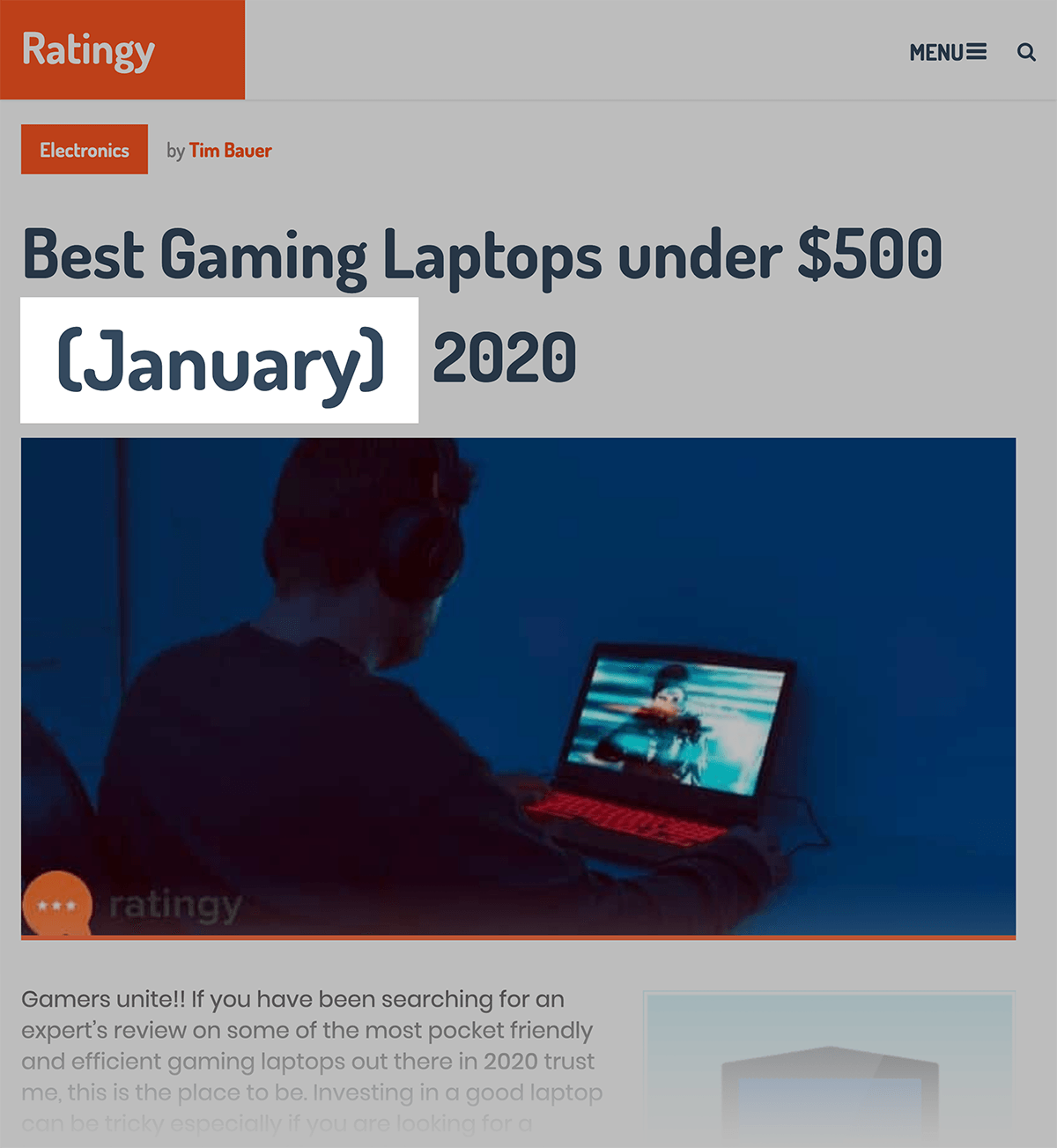
But if you search for that page’s URL with a date range…

…you can see the actual date Google has saved for this article:

That was the opportunity that Salman saw:
Adding the current month to his title tag may help his organic CTR. But Google clearly ignores it.
But if Google could see that Salman’s page was legit updated, he might get a rankings boost.
And to show Google that his page was actually up-to-date, he added the date to the top of his post.

He also updated his Schema to update the “datePublished” and “dateModified” dates.

This change helped Salman’s site get picked up by a Featured Snippet.
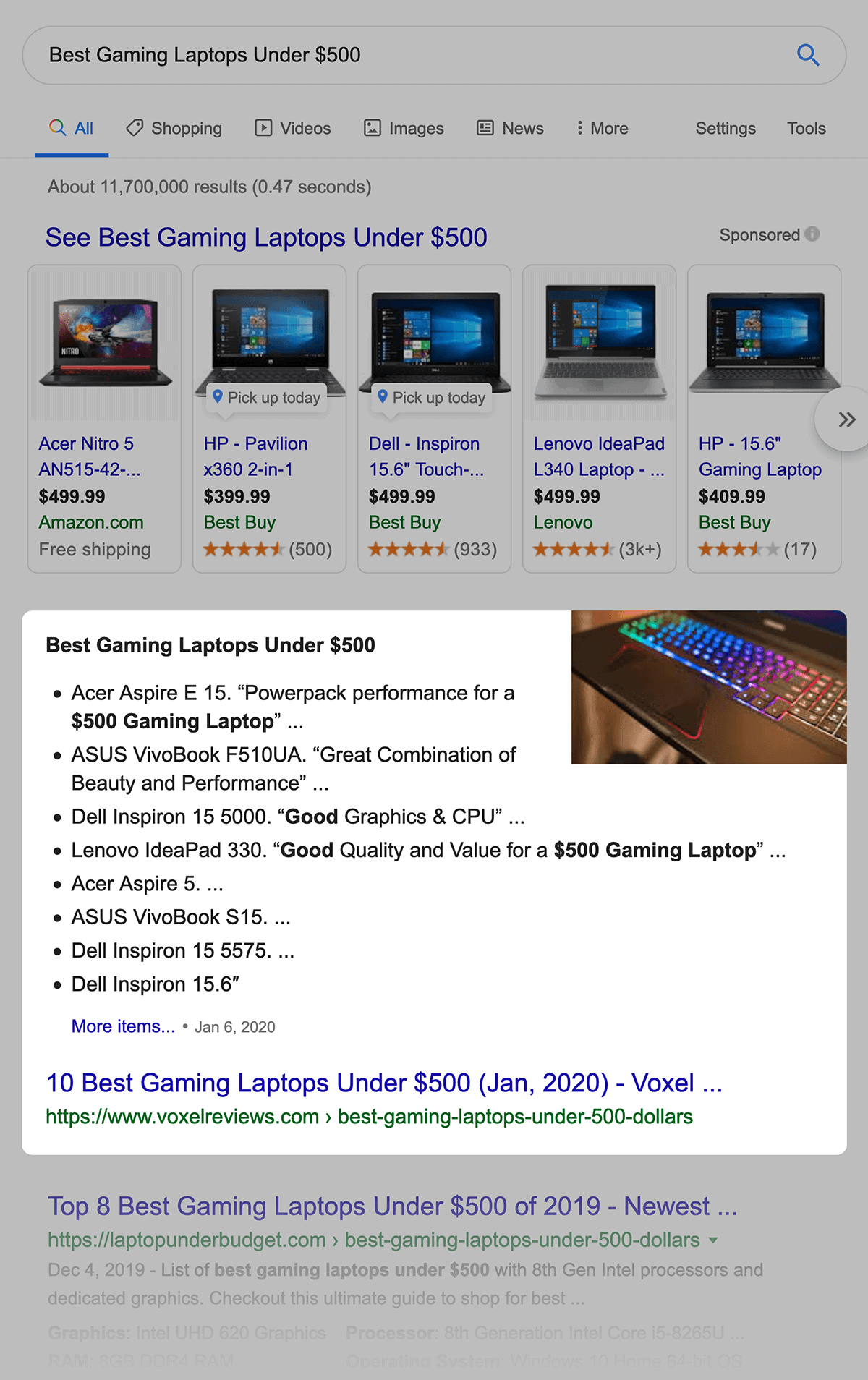
That Featured Snippet, plus a rankings boost for his target keyword, increased traffic to that page by more than 200%.
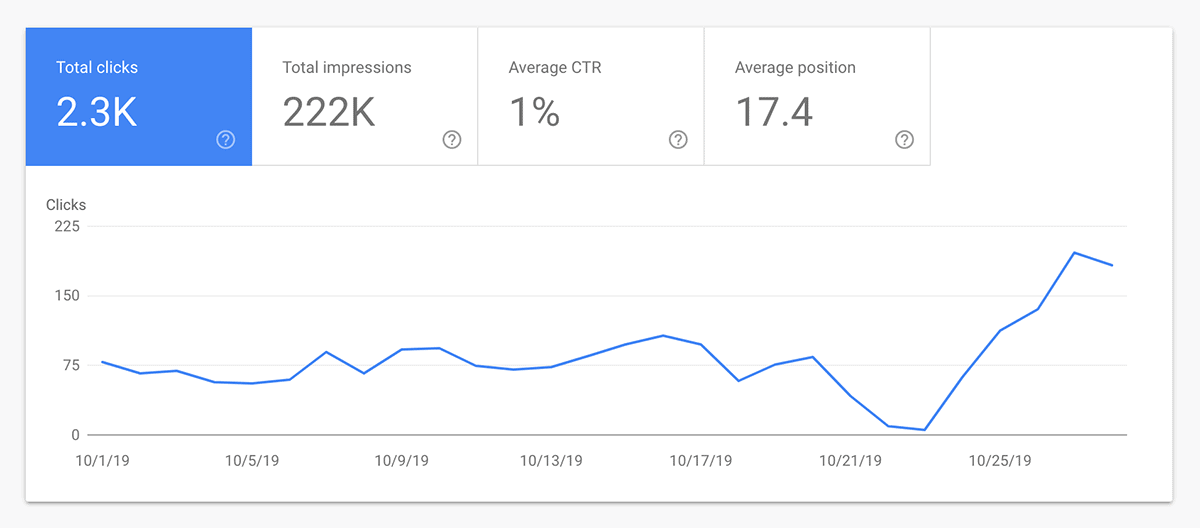
Case Study #3
How Neil Reversed a Disastrous Website Migration
Neil Sheth’s SEO agency, Only Way Online, took on a new client whose rankings had completely tanked.

As it turned out, the site migrated their website to the latest version of Magento.
They also decided to combine this migration with a handful of changes to their website (like removing URLs that were getting search traffic) without considering the impact on organic search.
The site went from about 30,000 monthly visitors to as low as 3,000 visitors a month in a span of 2 months.
And when Neil did a full SEO site audit to figure out what went wrong, he found a host of technical SEO issues like:
- Pages without internal links pointing to them (orphan pages)
- Pages that were canonicalizing themselves to noindex pages
- Pages redirecting to a page that is then redirected to another page (redirect chains)
- Broken internal and external links
- Sitemap including pages that should not be indexed
- Poorly-optimized title and description tags
And you can start to see an uptick in organic traffic in the weeks following these technical SEO fixes.

In fact, from July 2019 to October the site has increased organic traffic by 228%.

Case Study #4
How Bill Boosted His Clicks by 15.23% Using FAQ Schema
Bill Widmer runs a blog about RVs called The Wandering RV.

And one of Bill’s most important pages was this RV insurance guide:

Unfortunately, keywords like “RV Insurance” are dominated by mega brands like Geico and Bankrate.com.
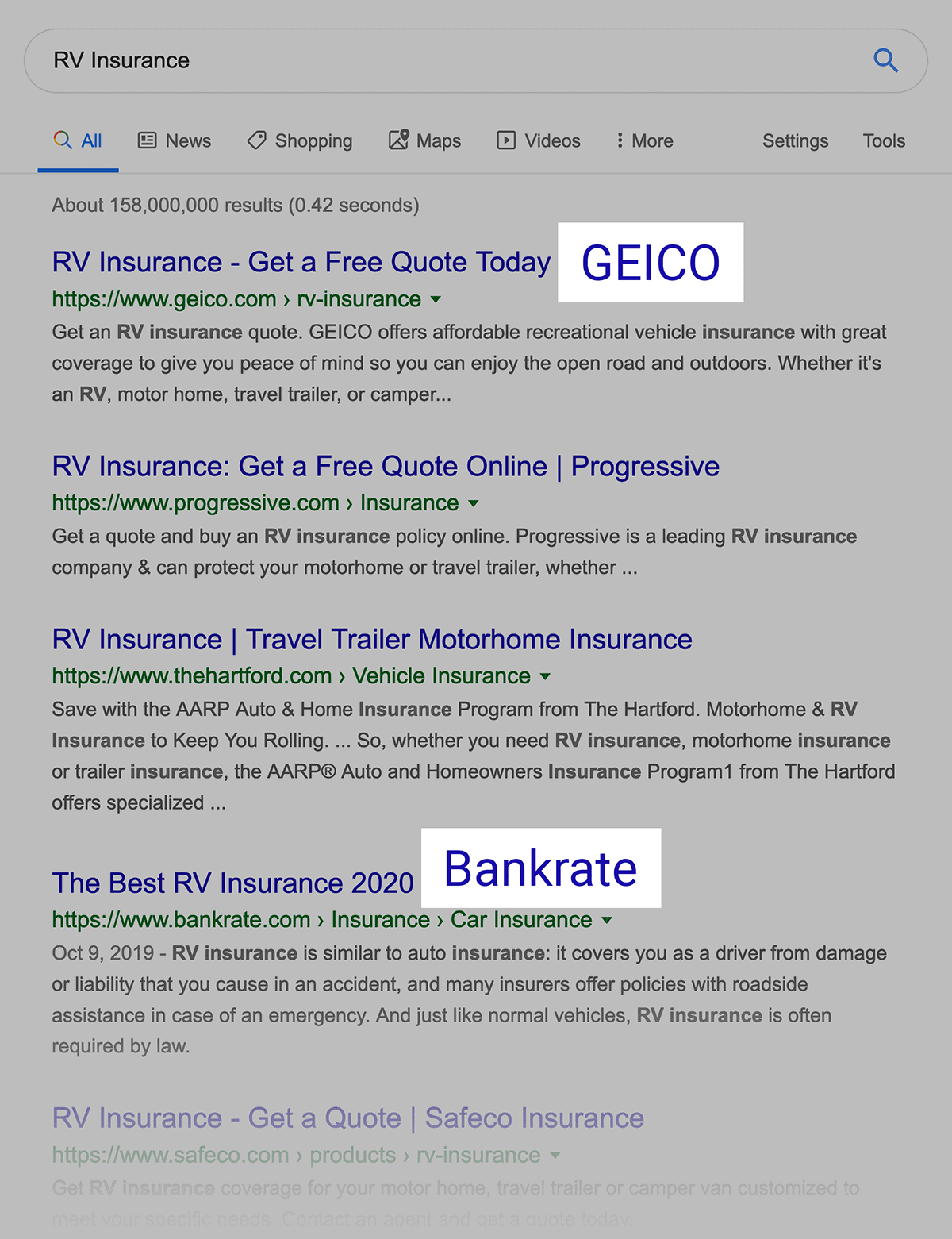
So the chances of Bill’s one-man blog ranking above these sites was pretty slim.
That’s when Bill realized that he didn’t have to necessarily outrank his big brand competition. He could use FAQ Schema to get more organic clicks.
So Bill added FAQ Schema to the FAQ section of his page, which helped him get a rich snippet.

And that single change increased Google traffic to that page by 15.23%.








